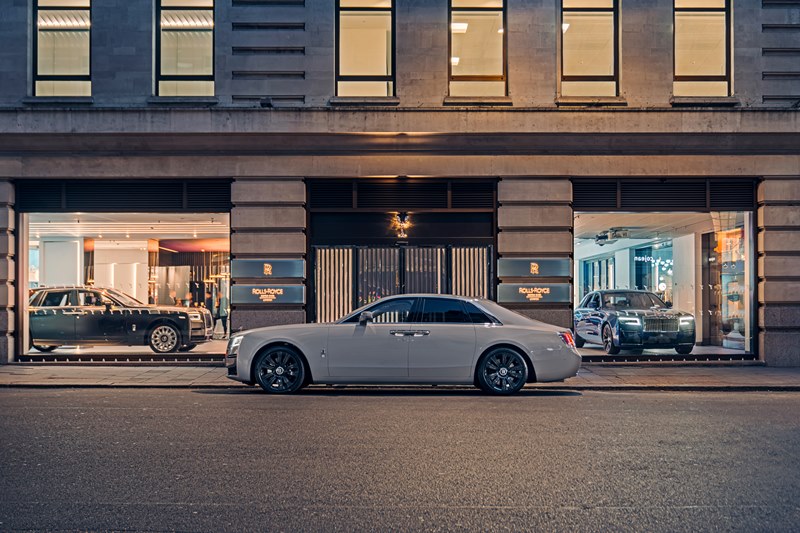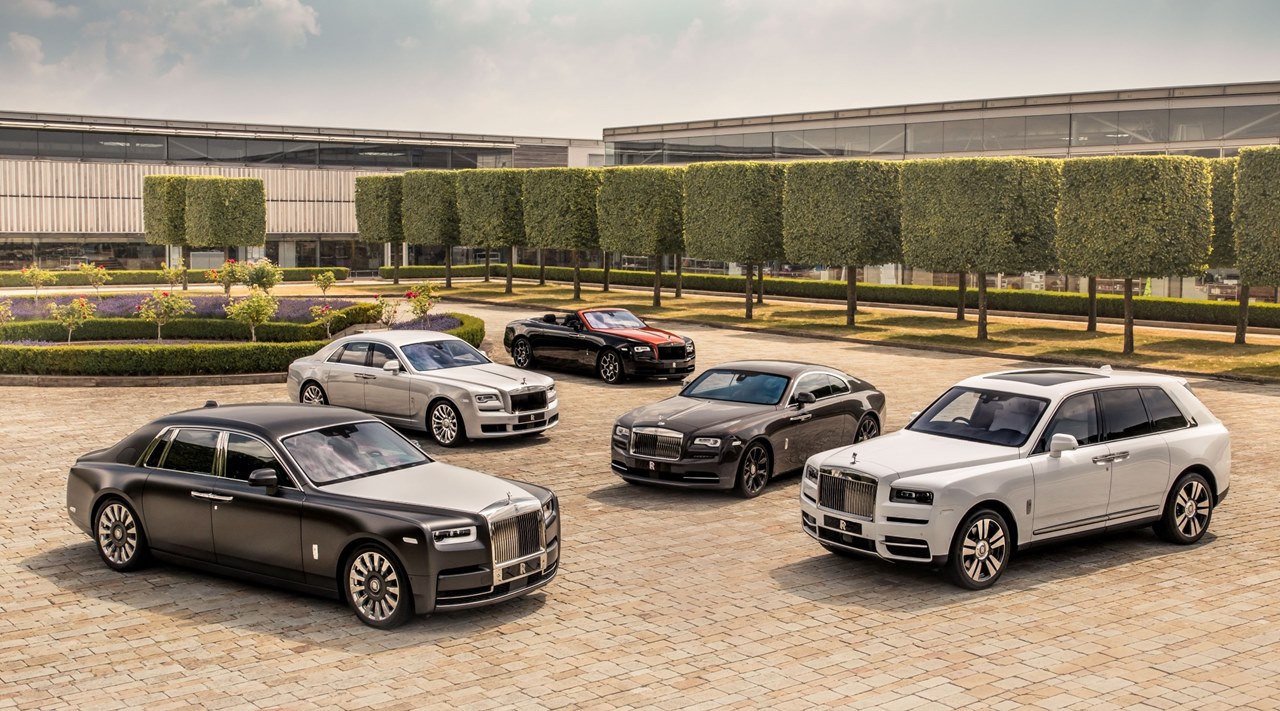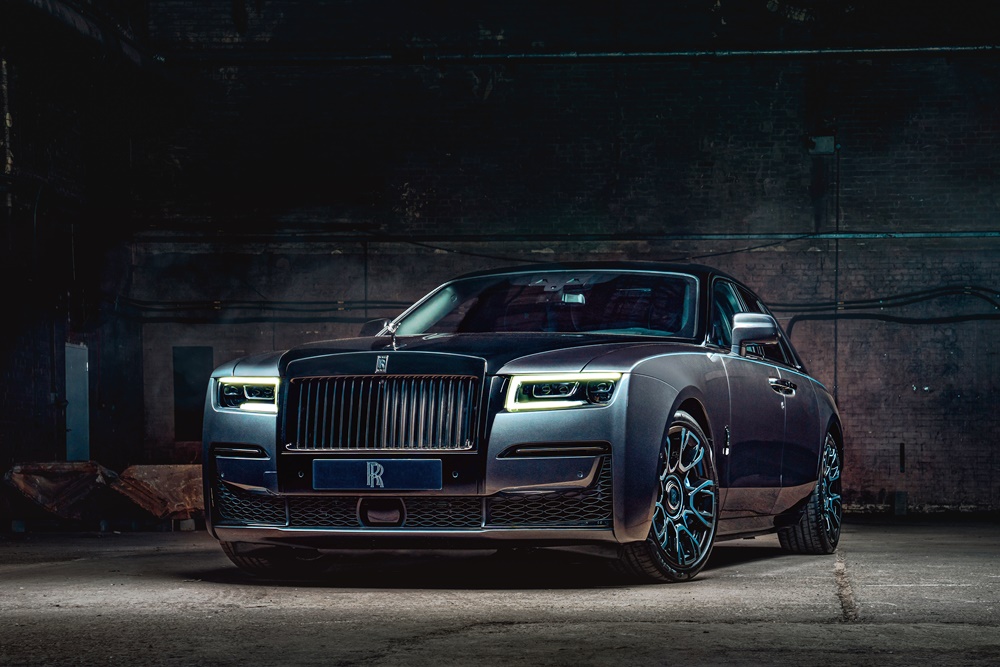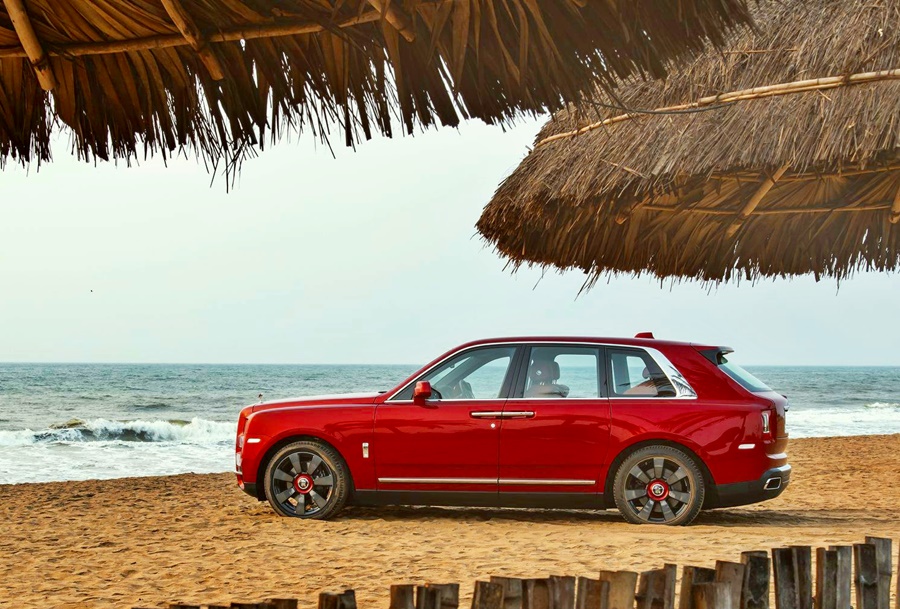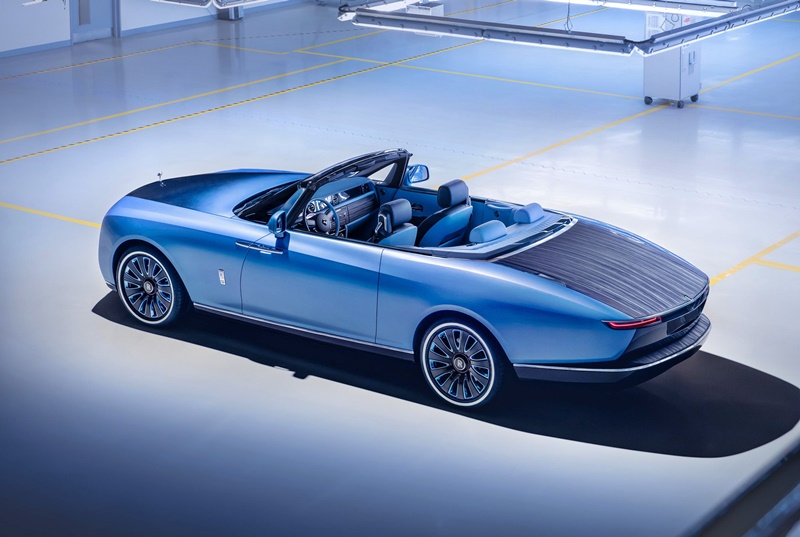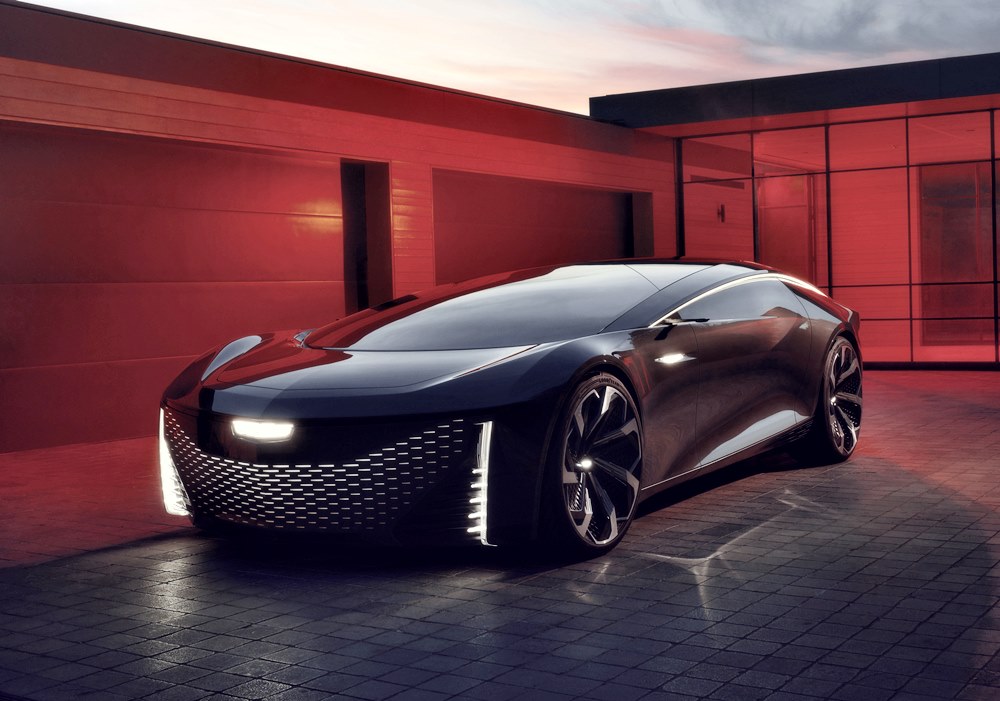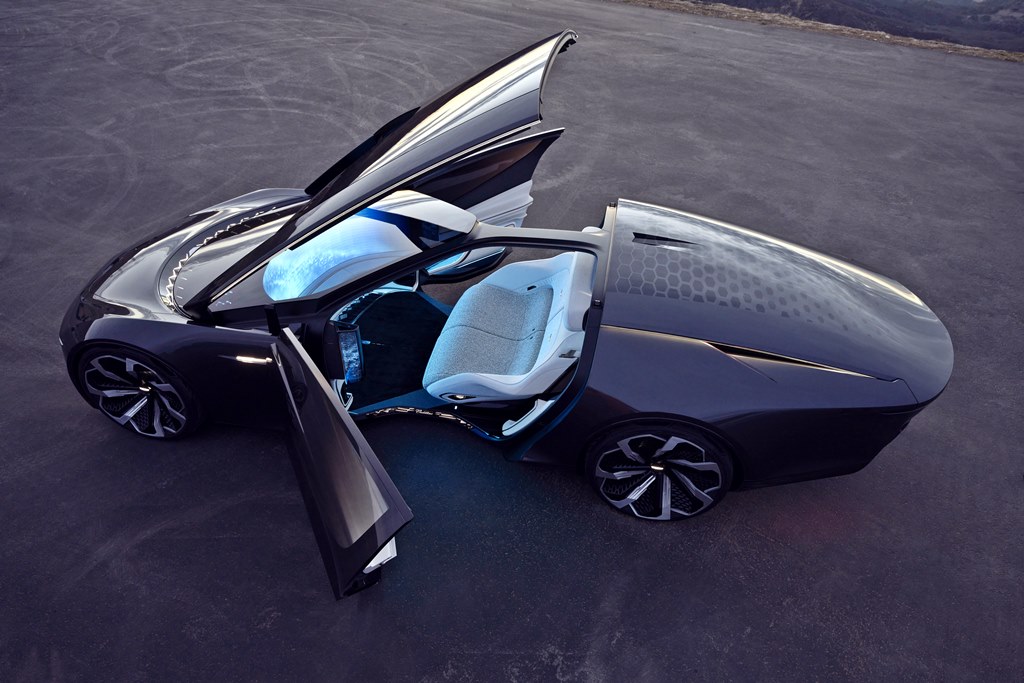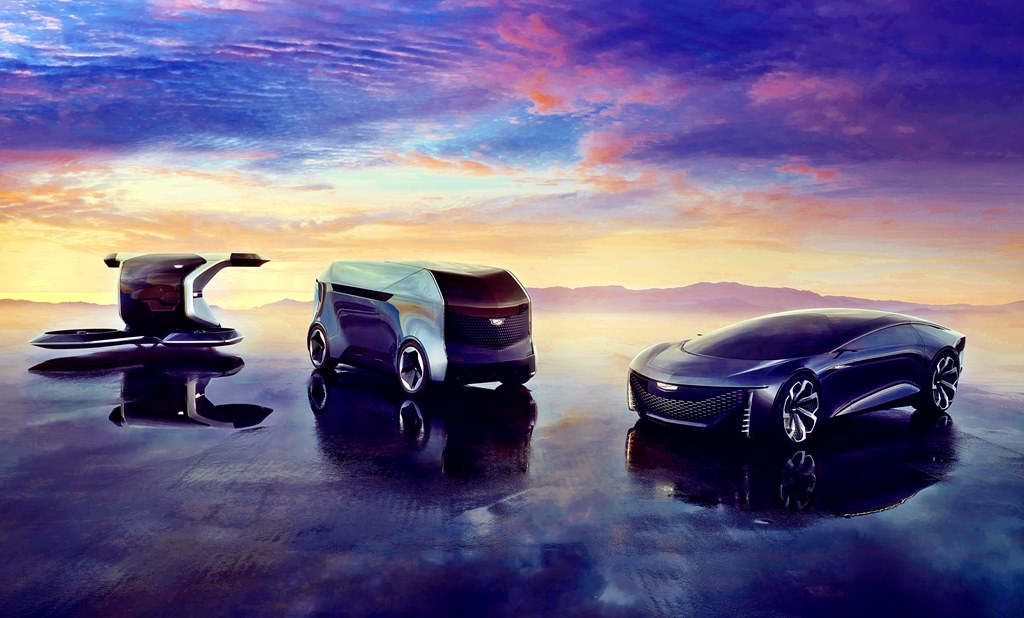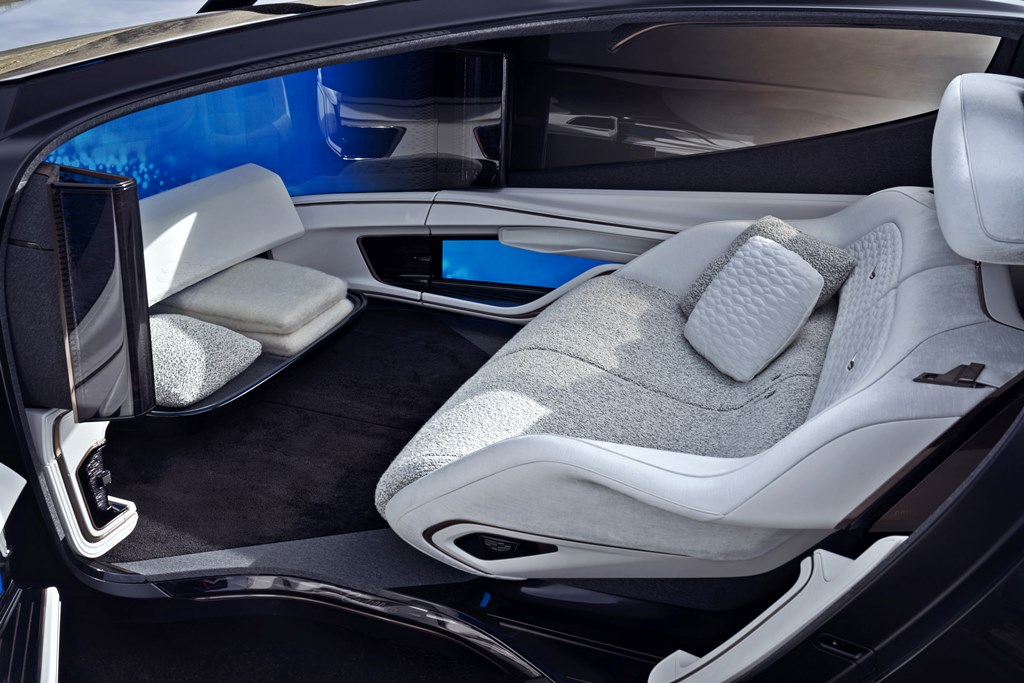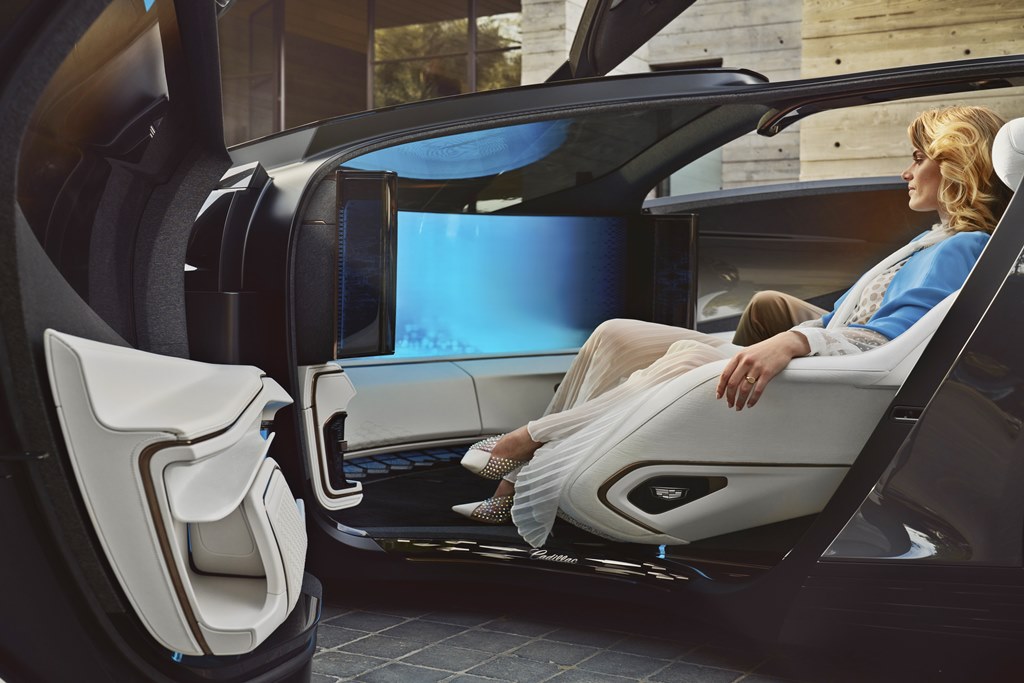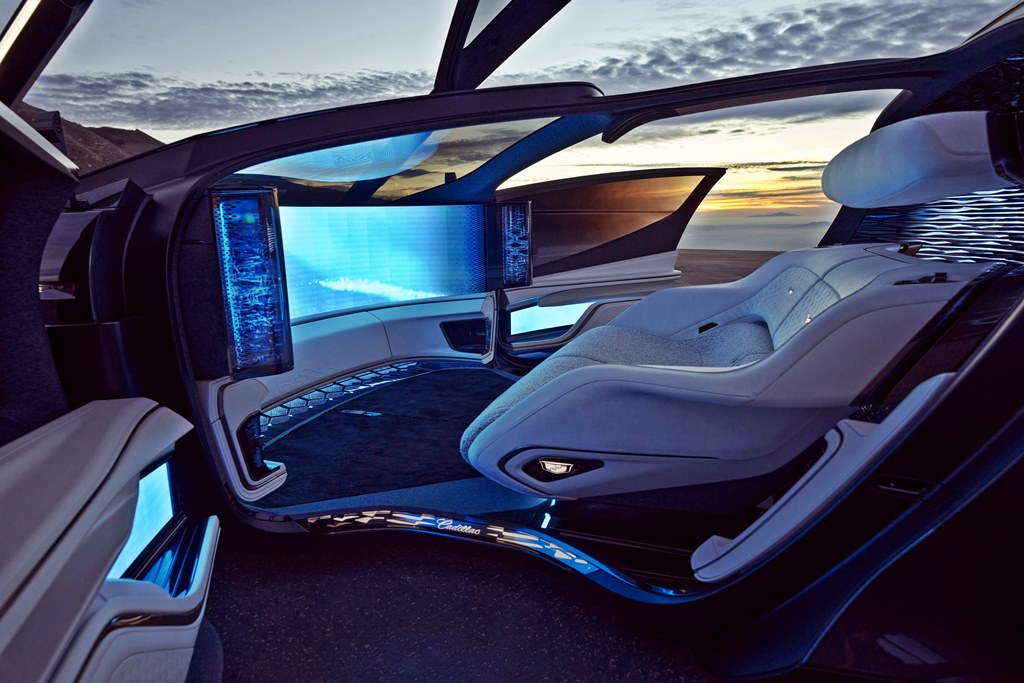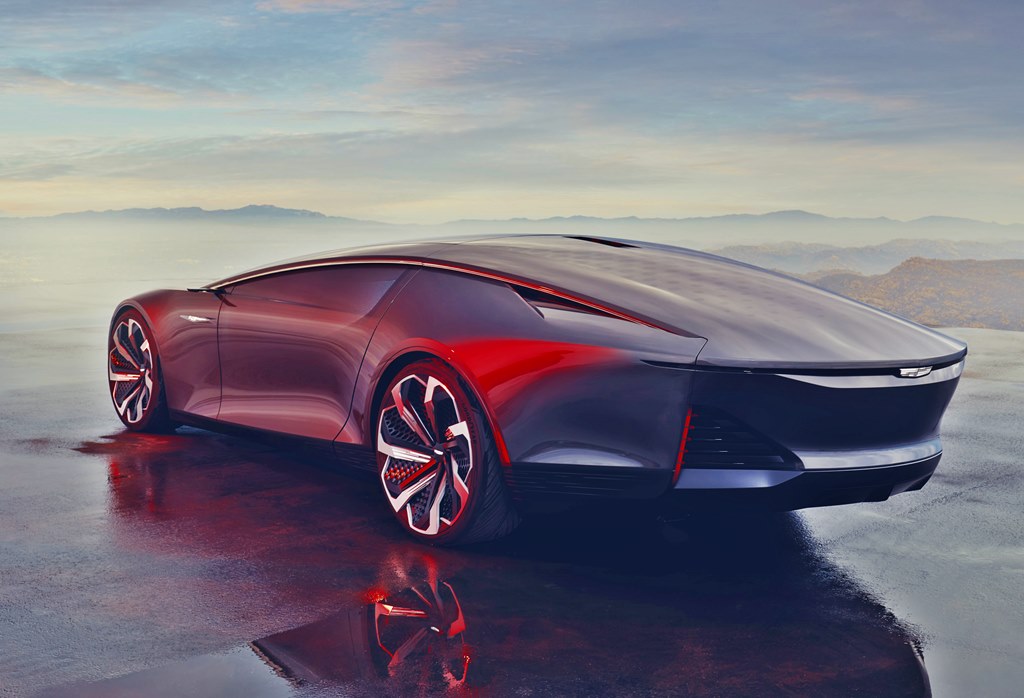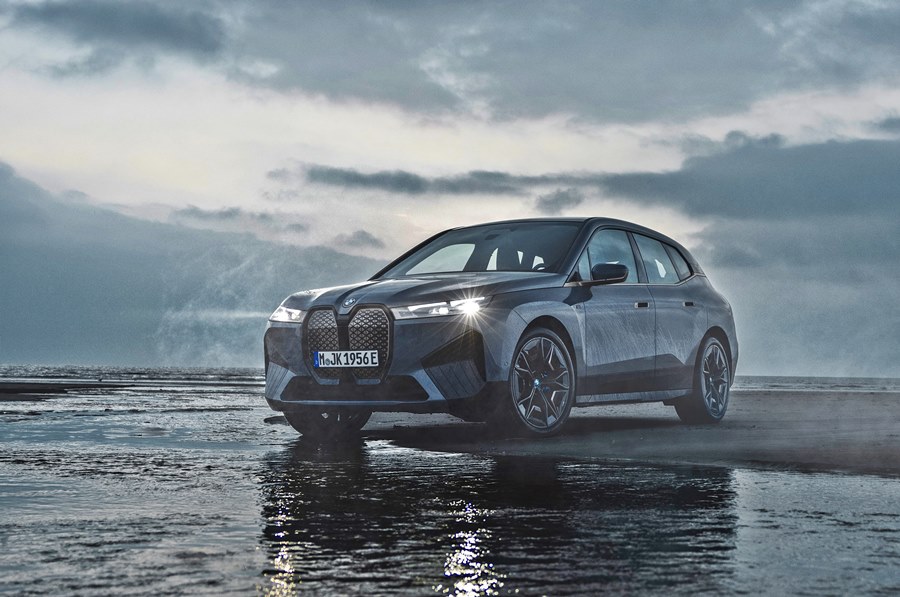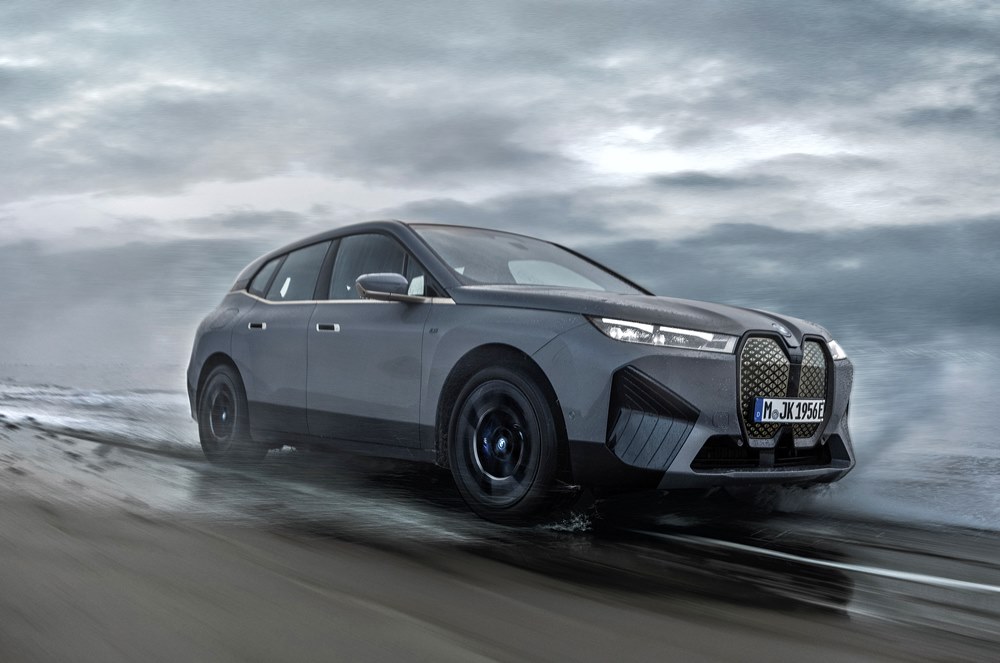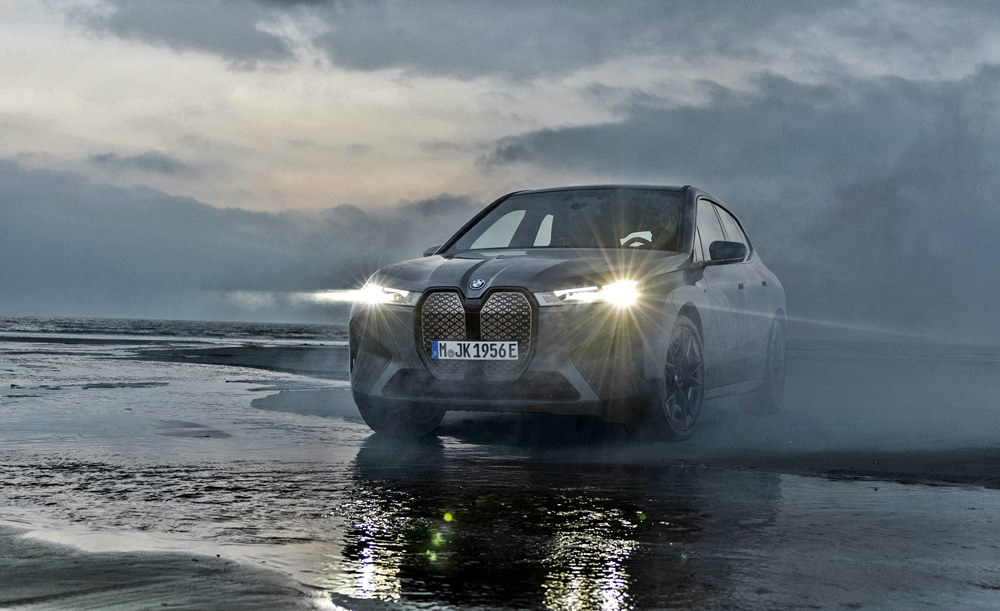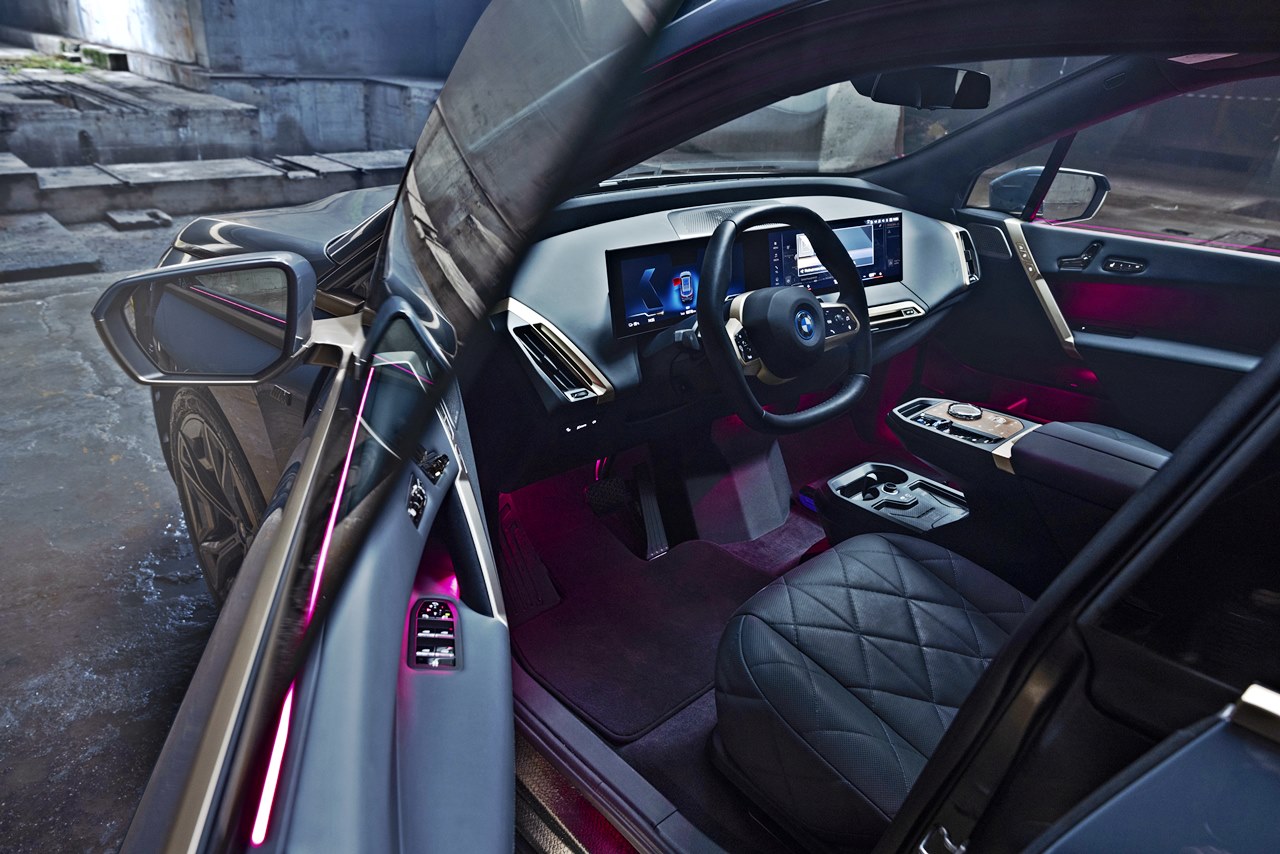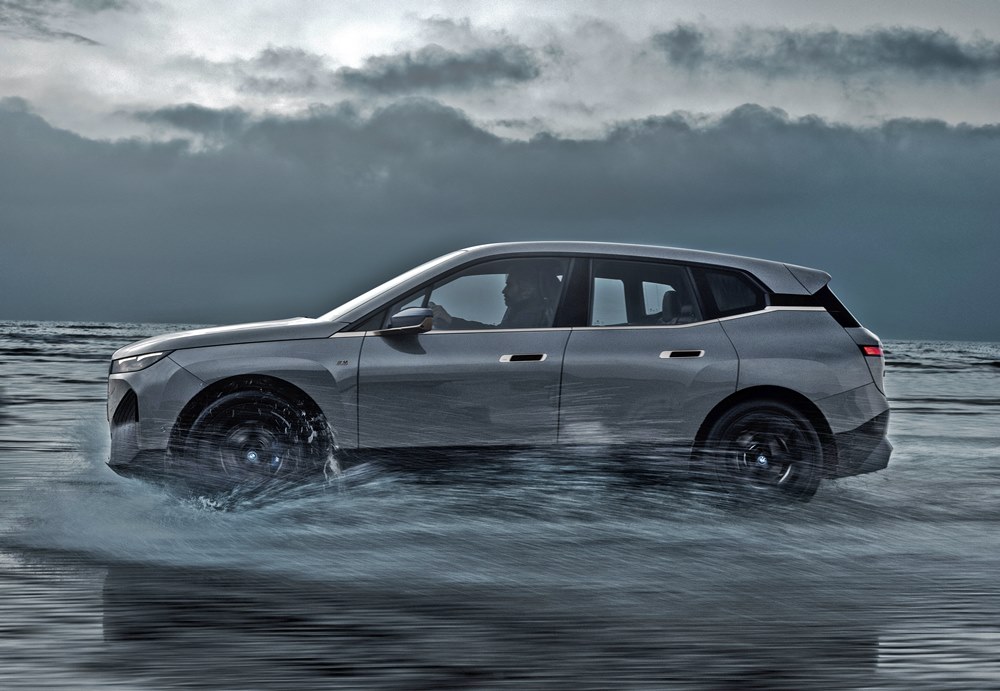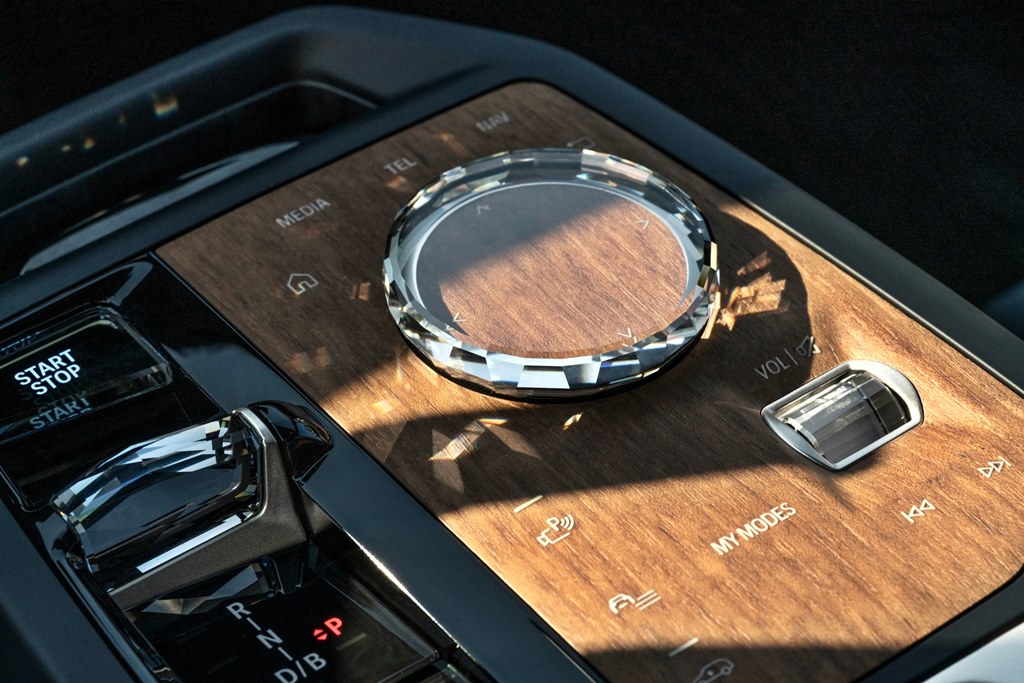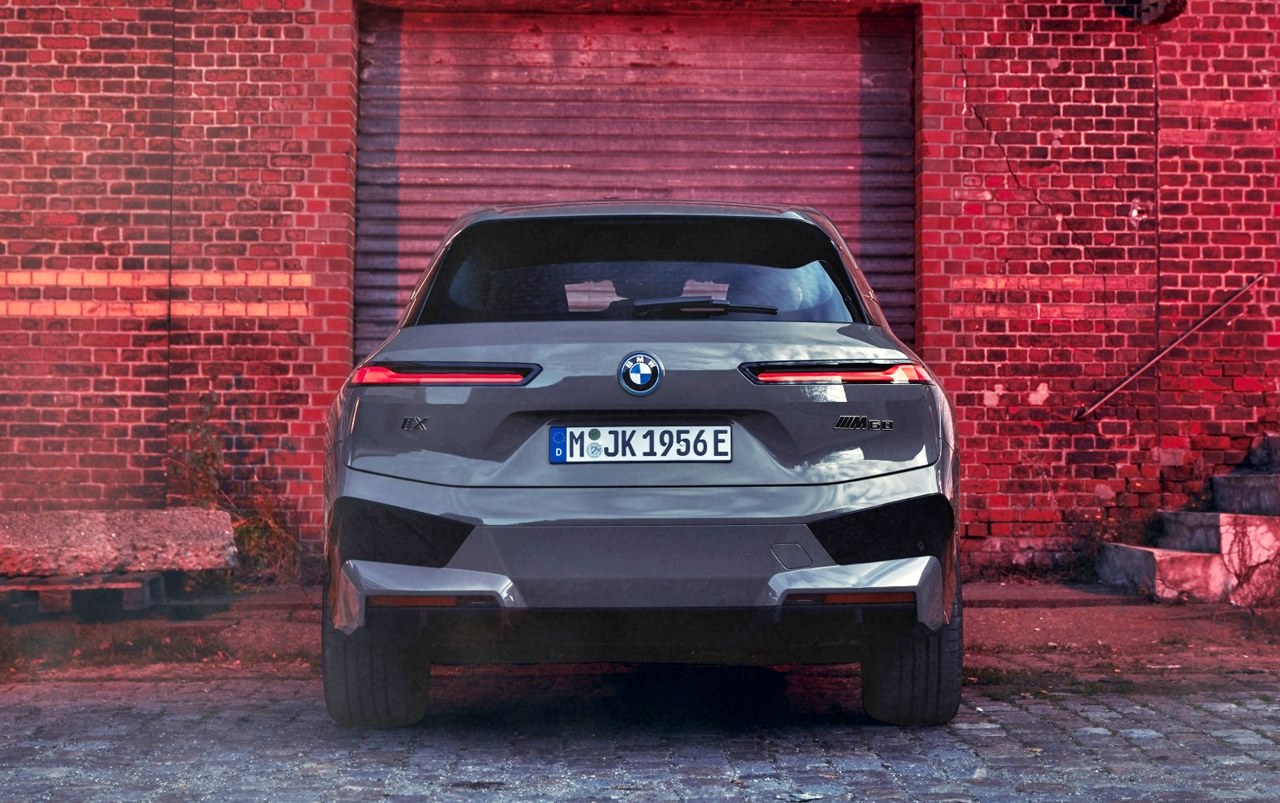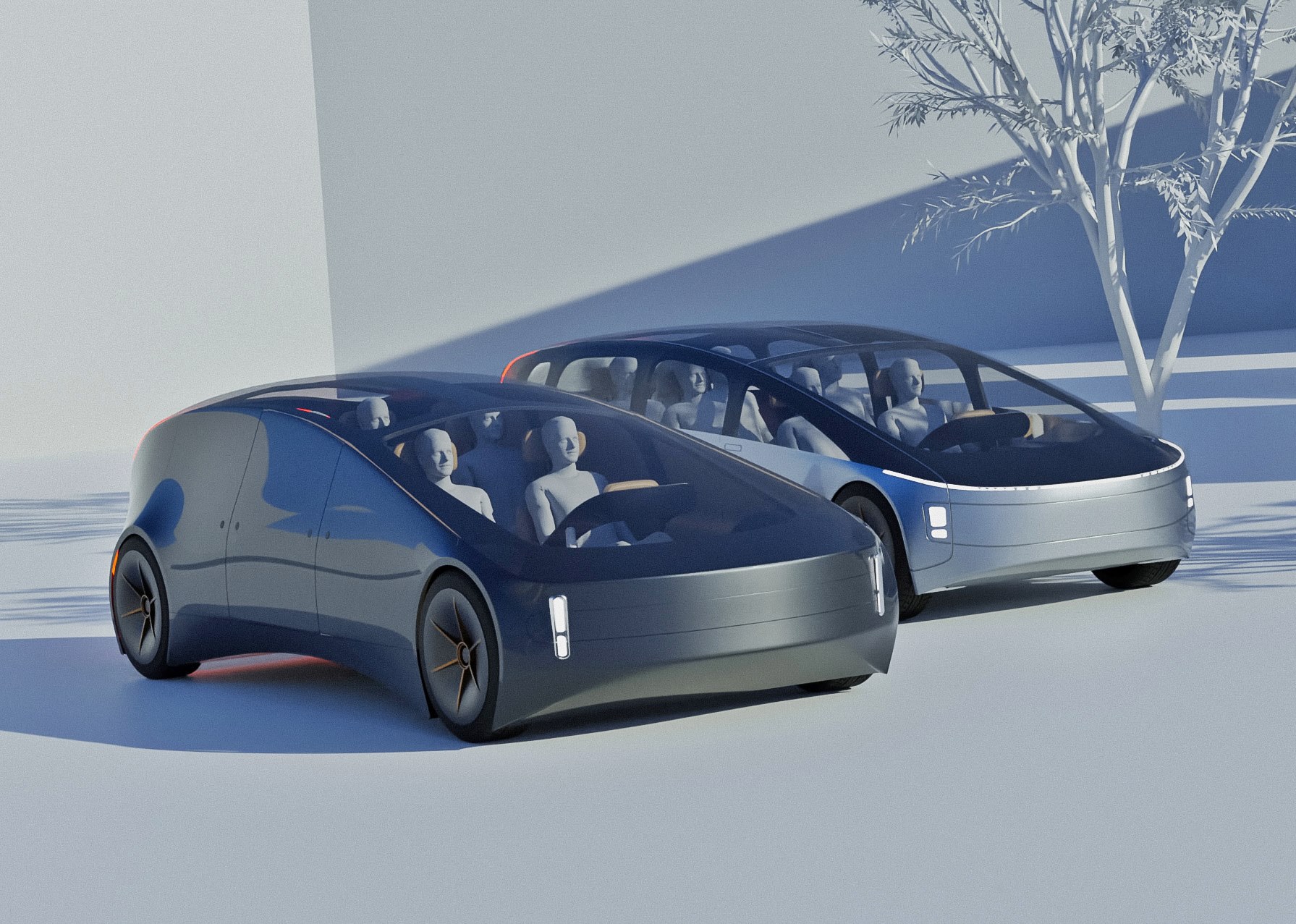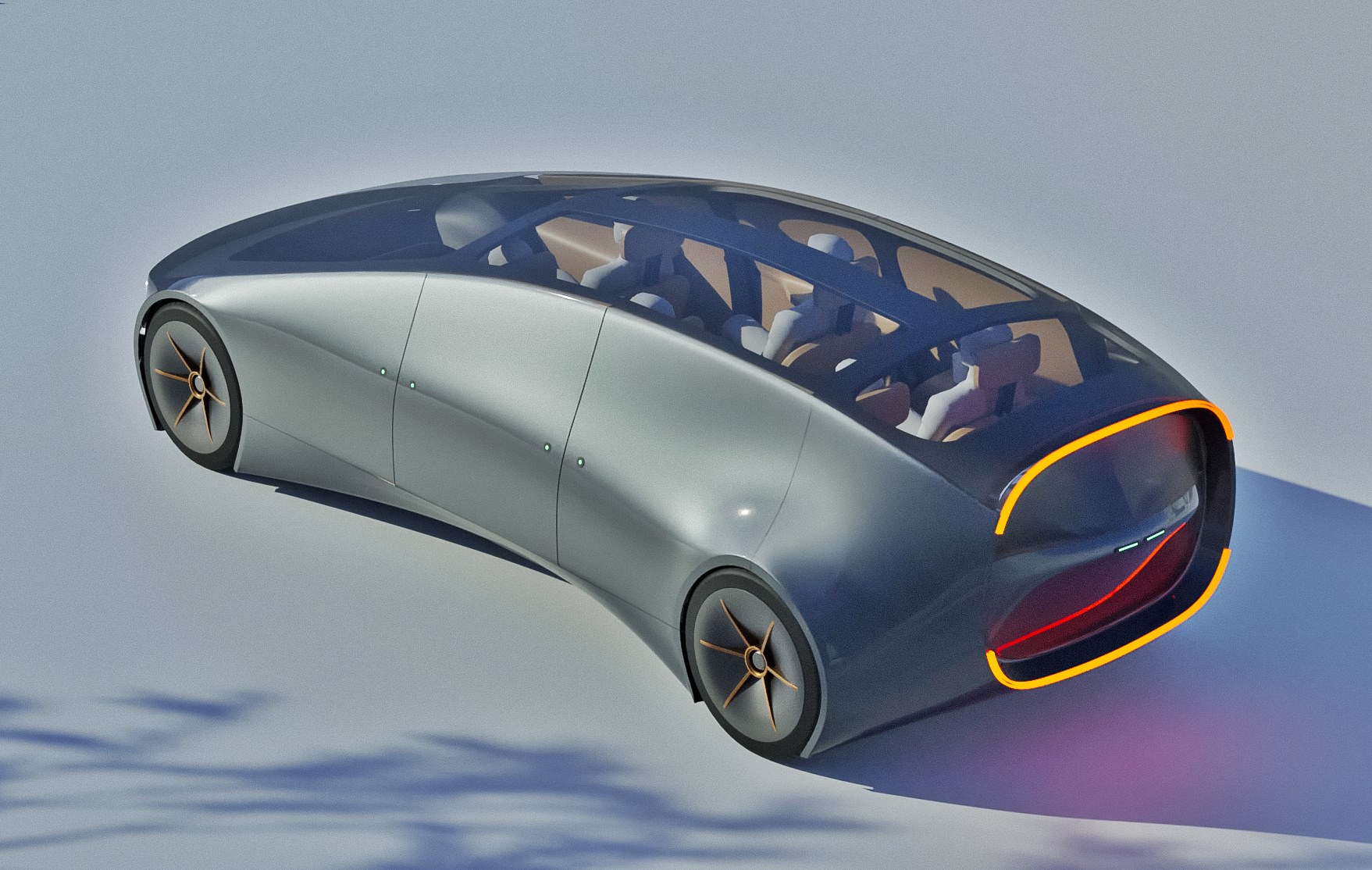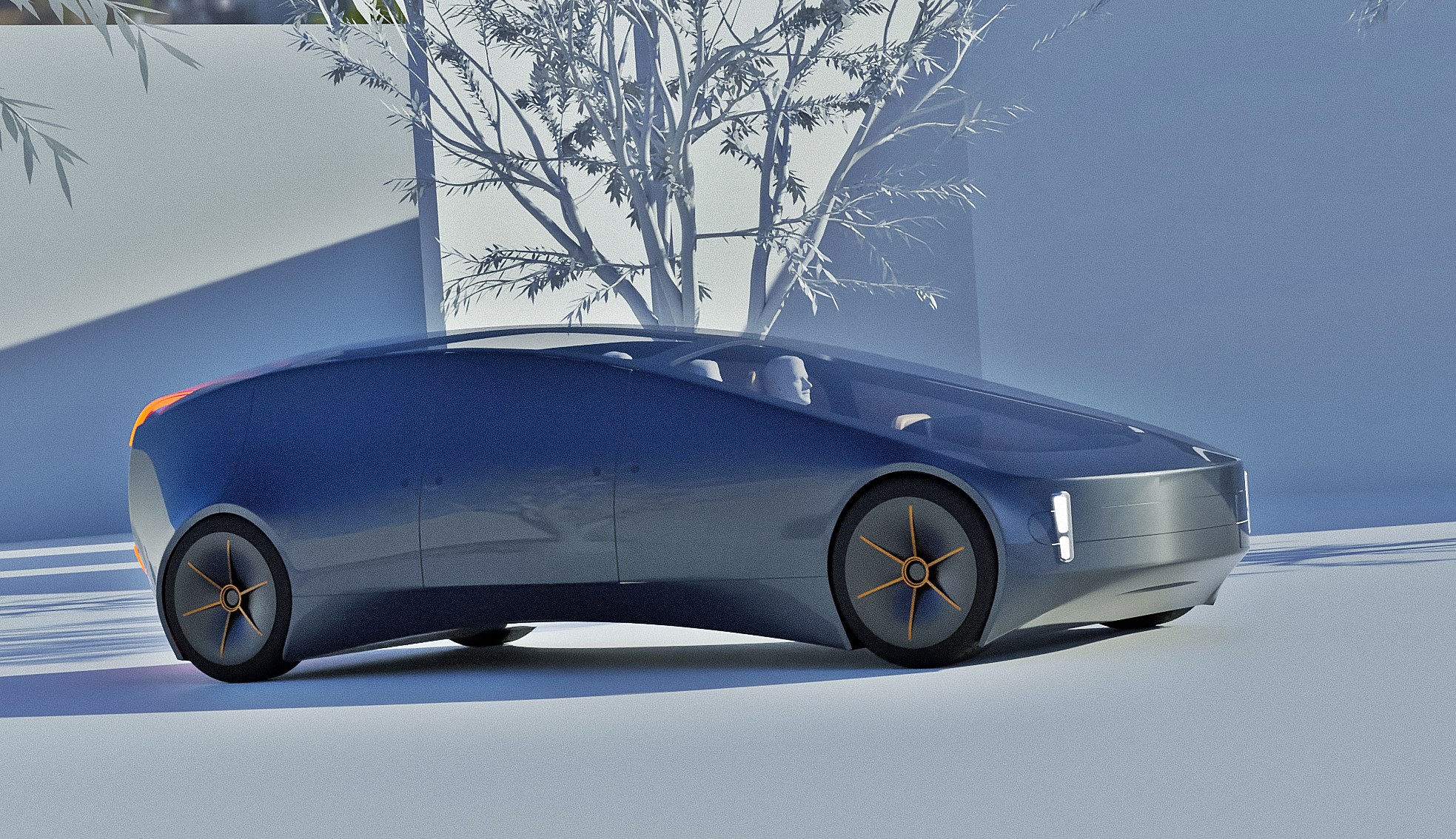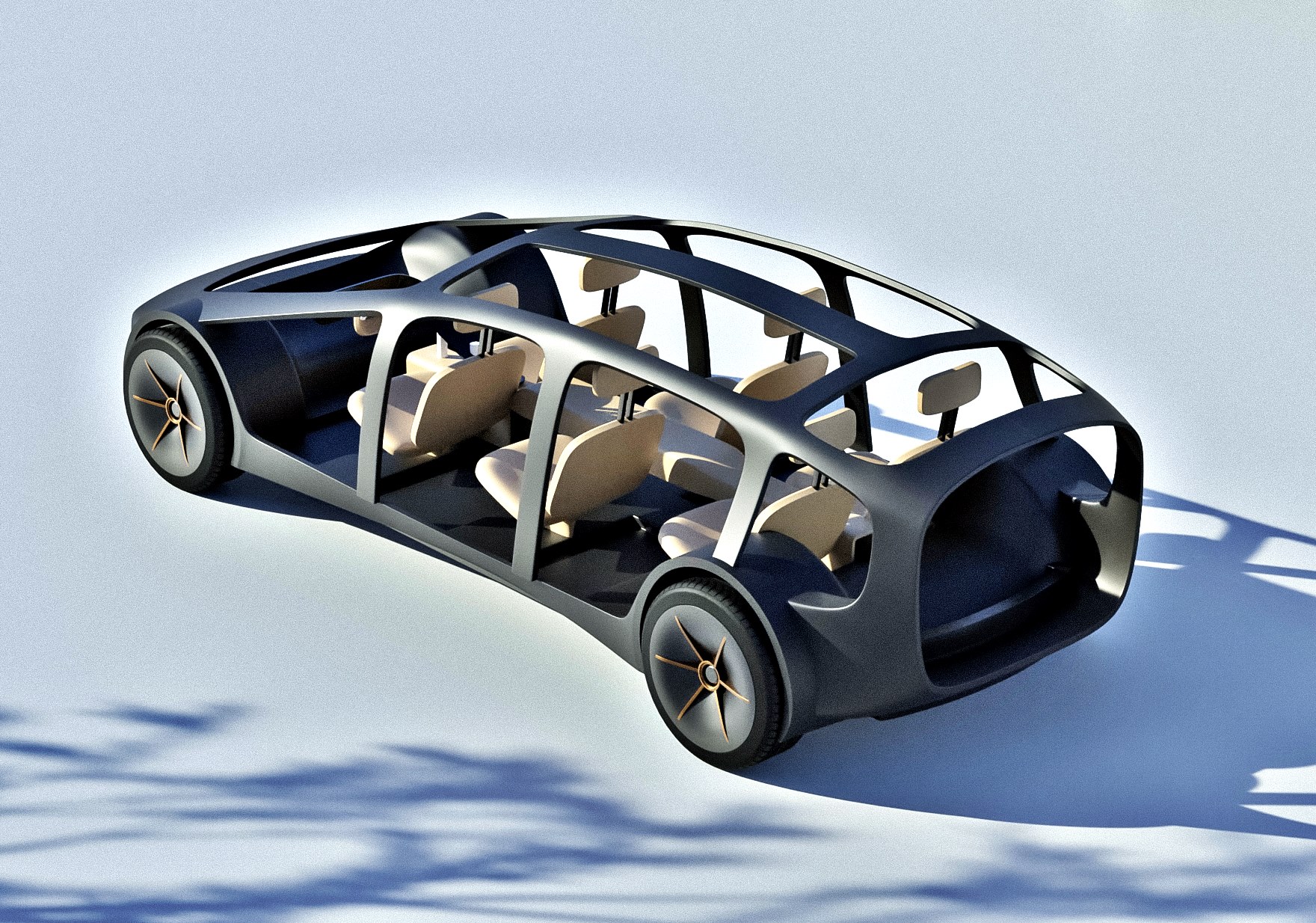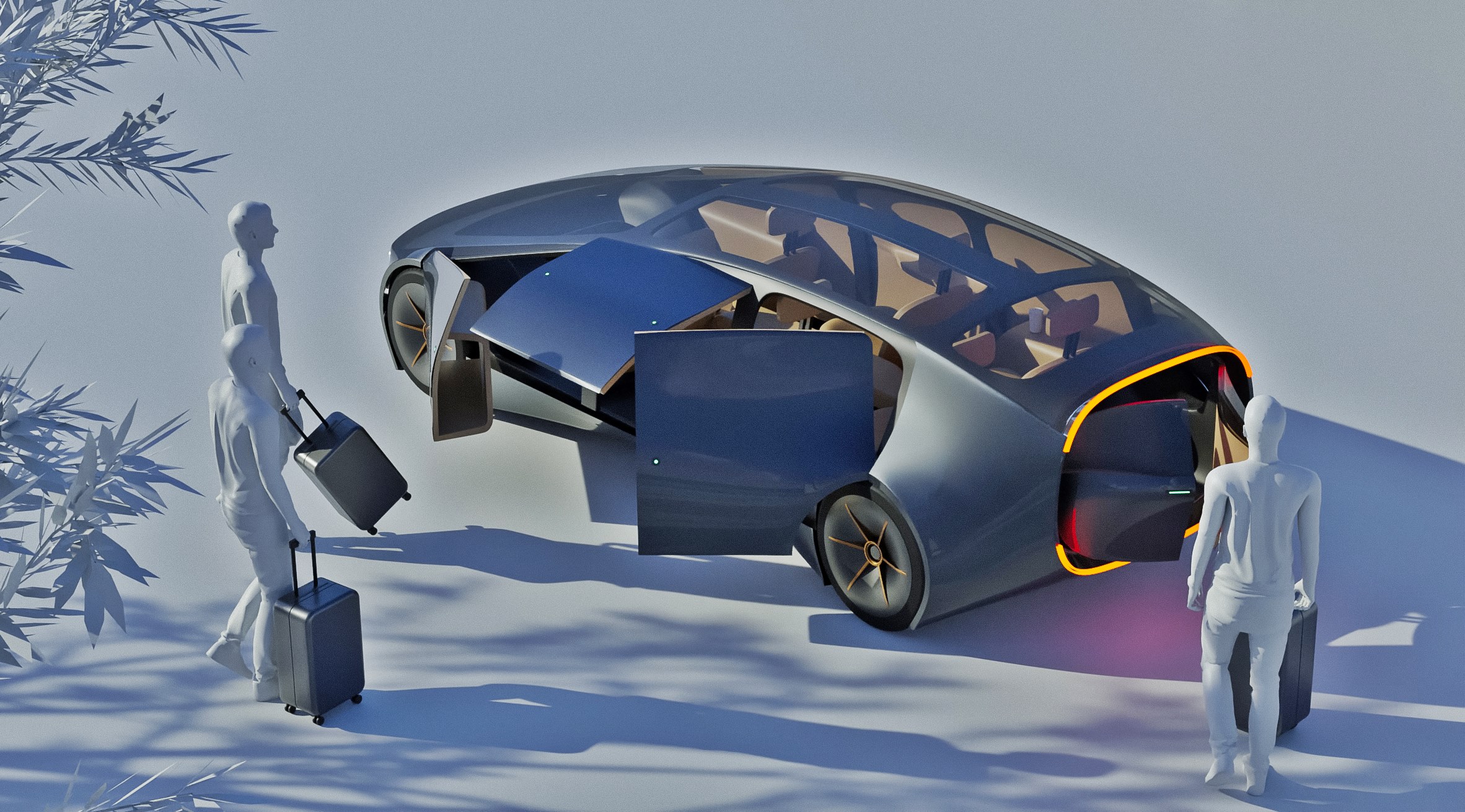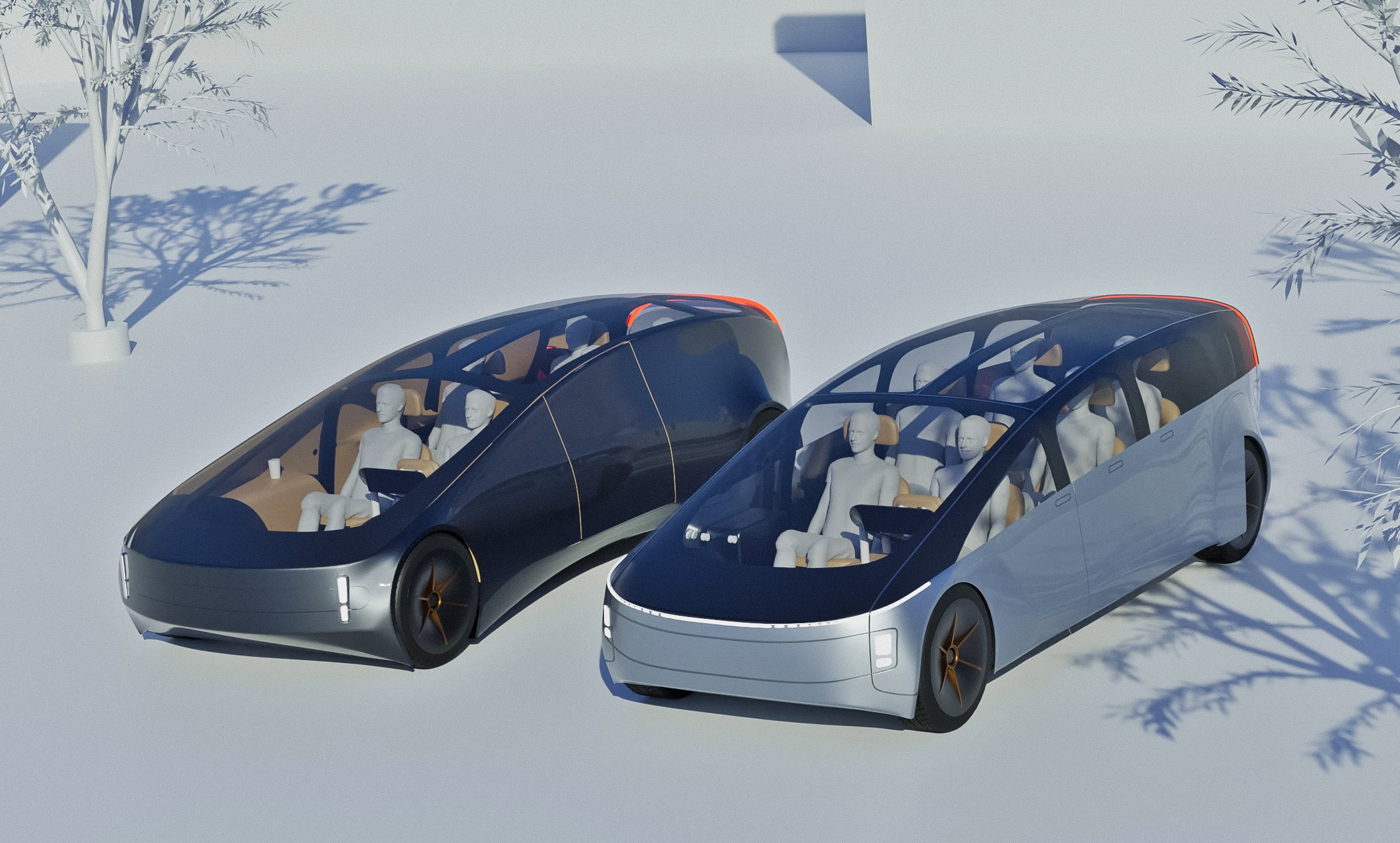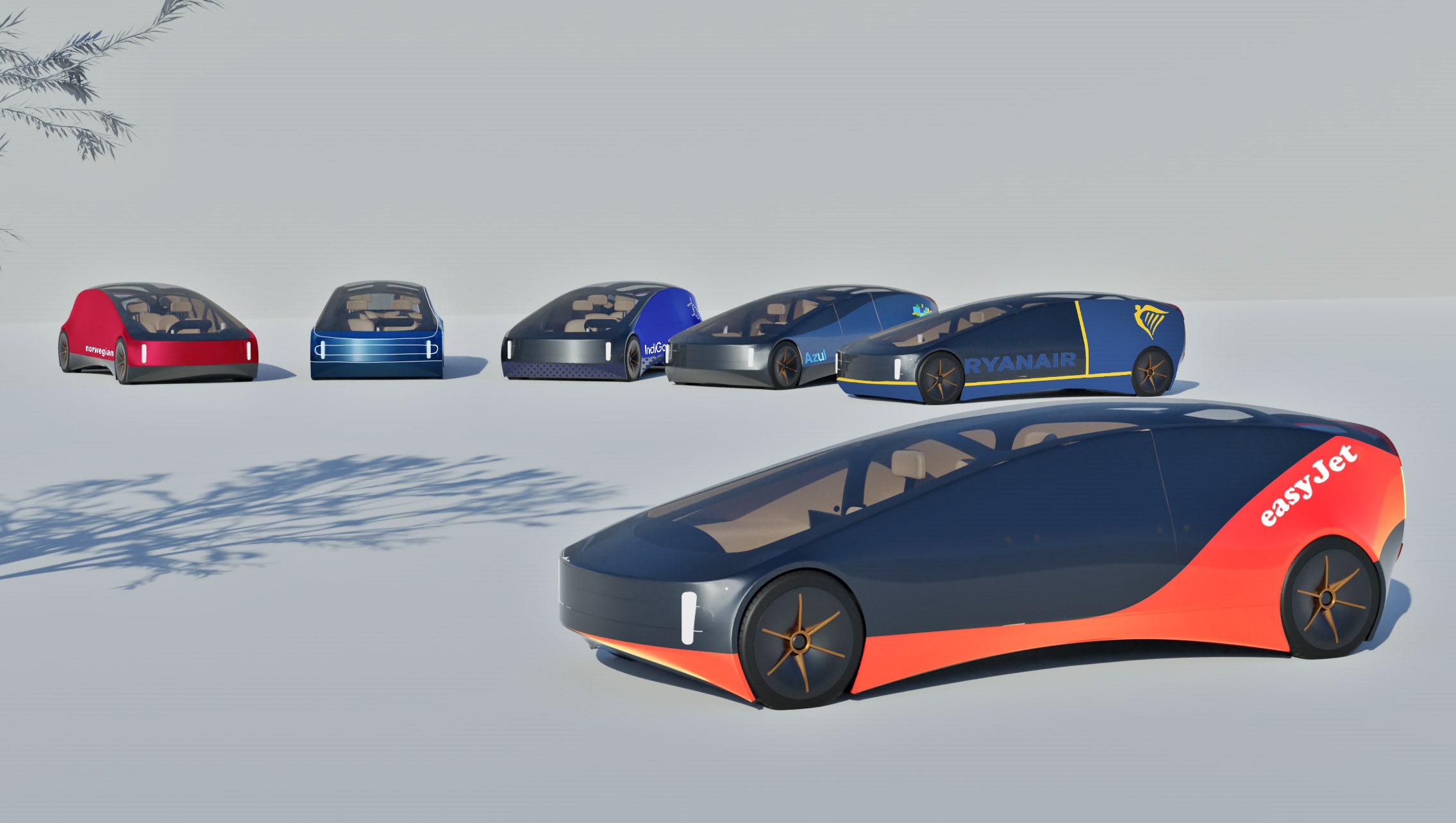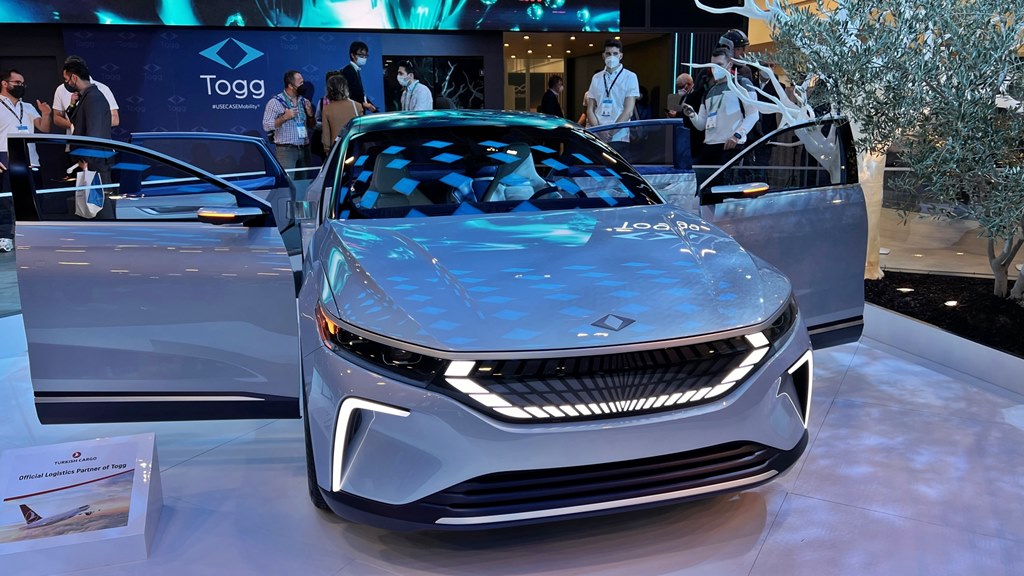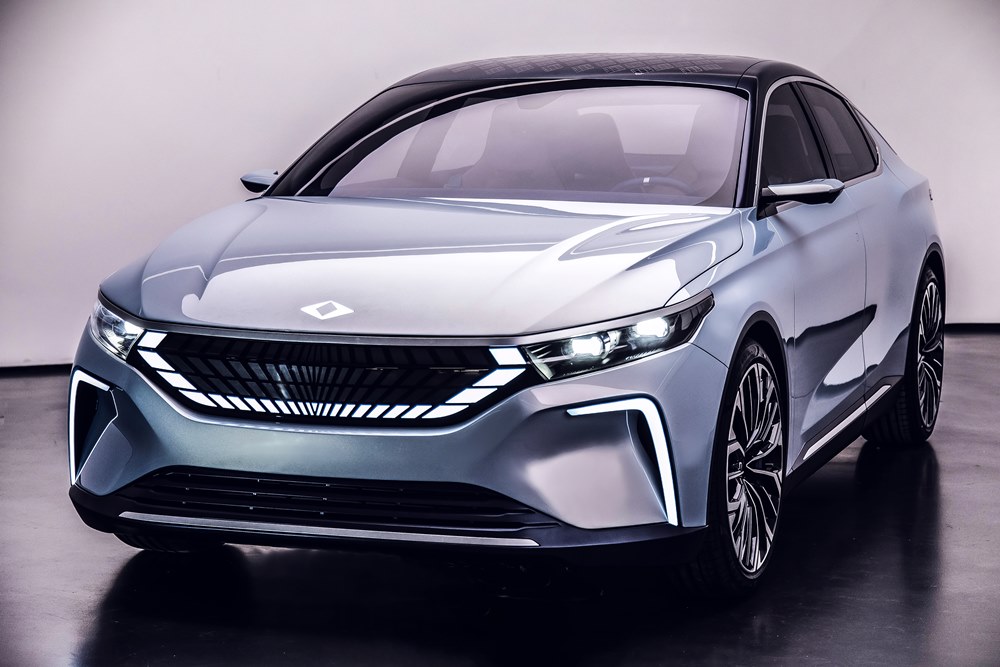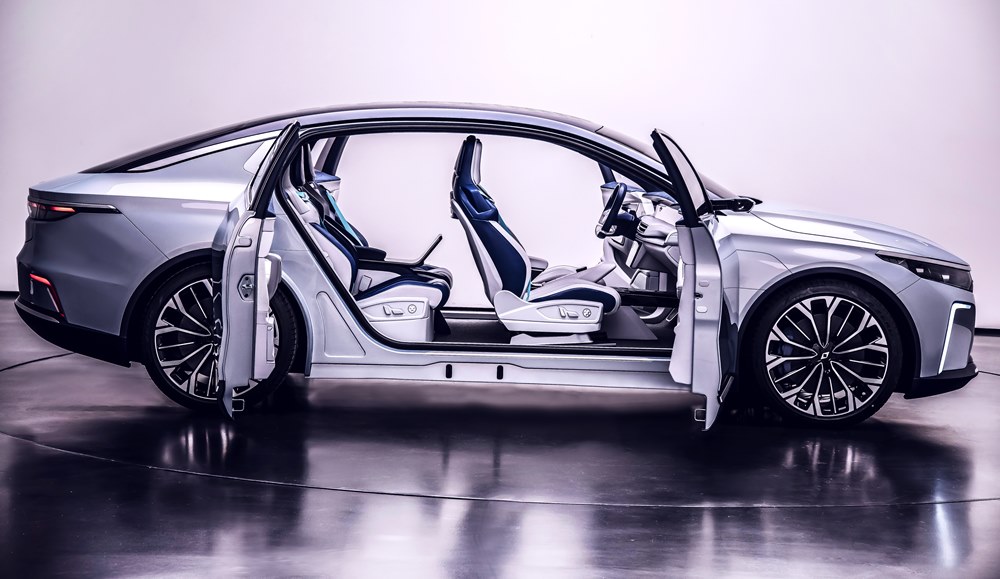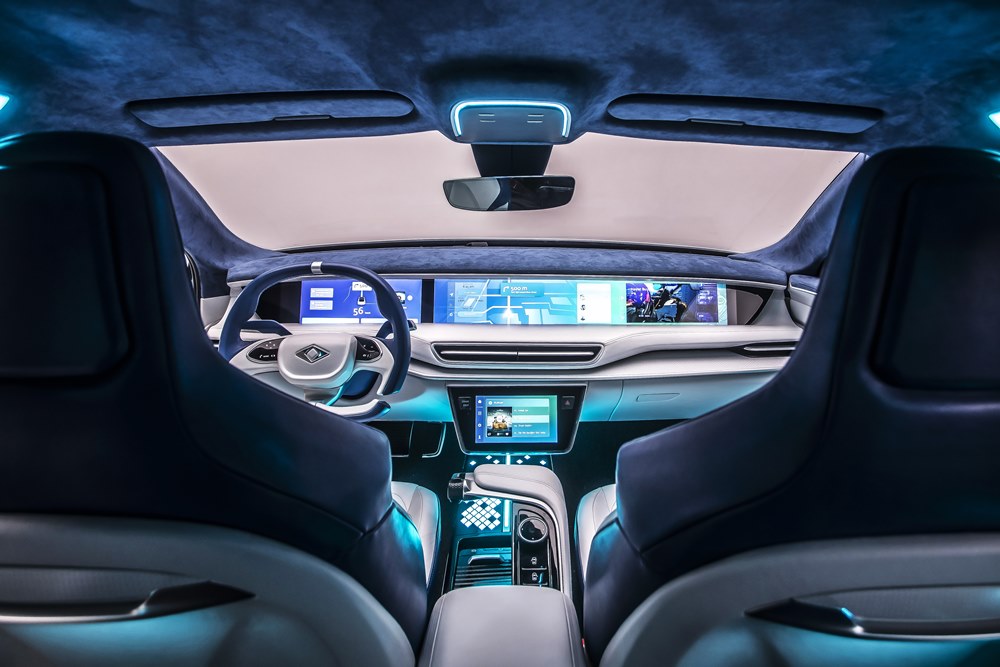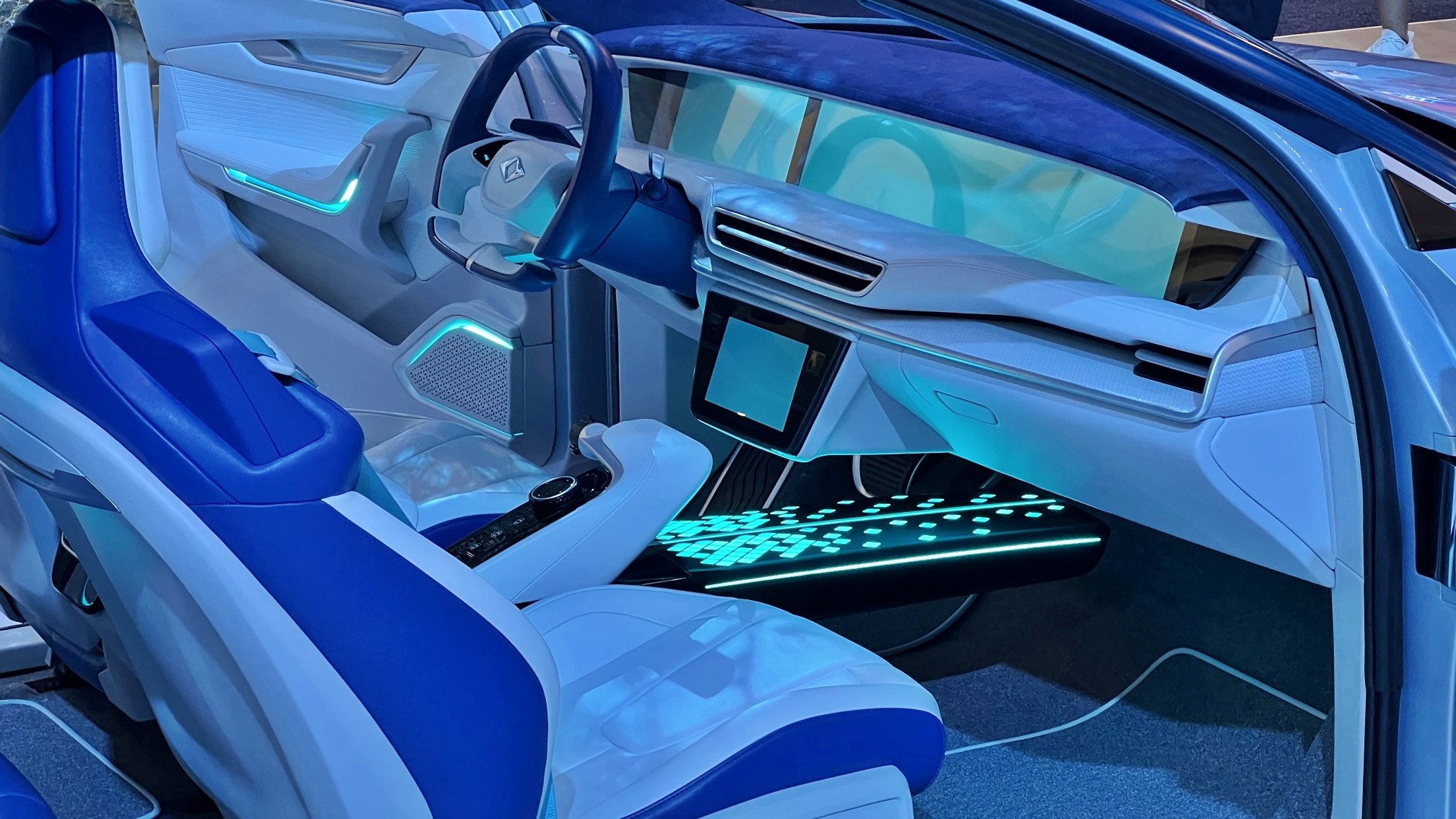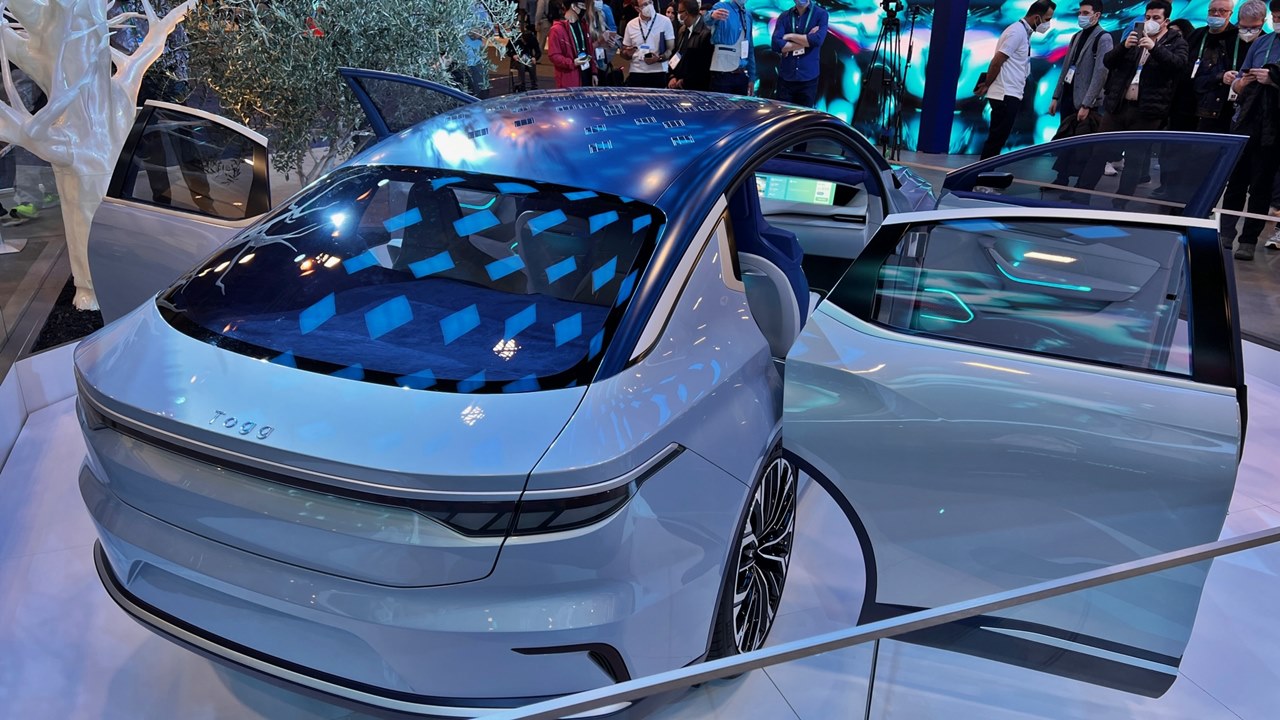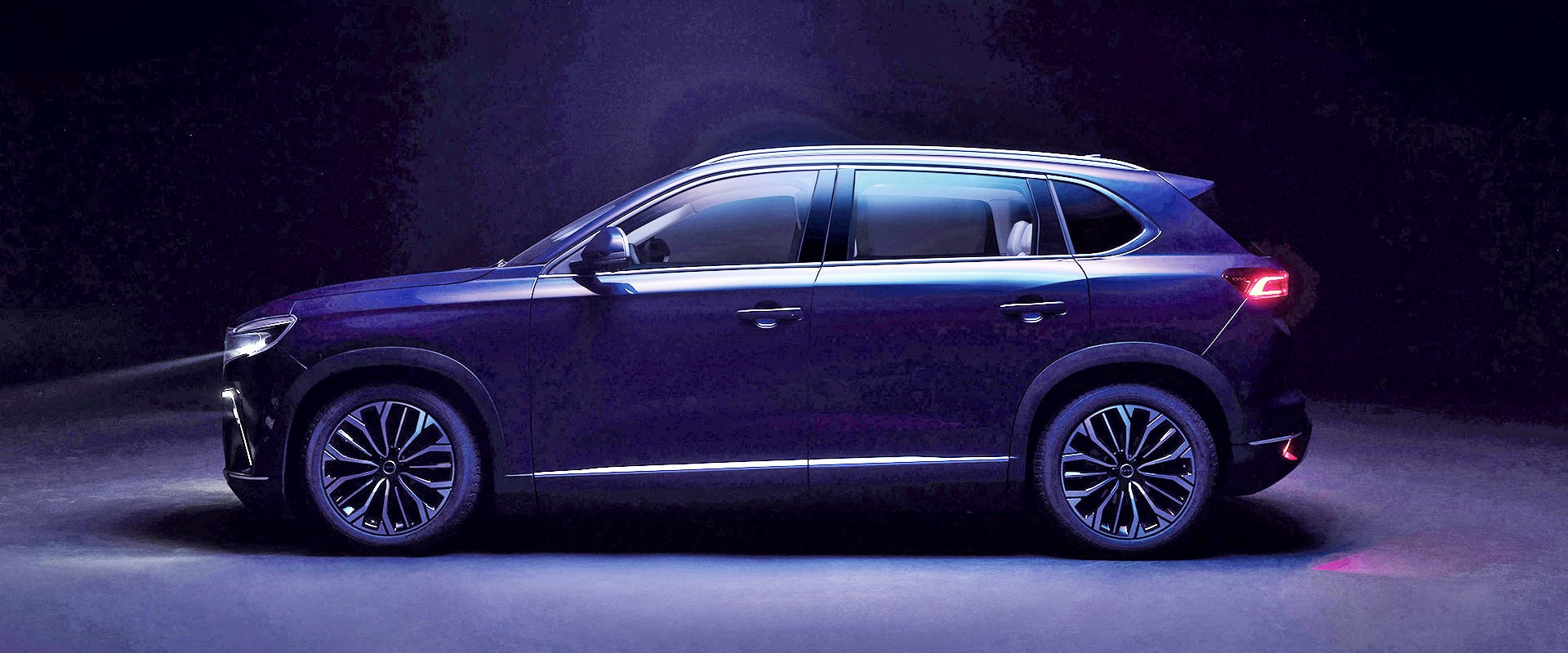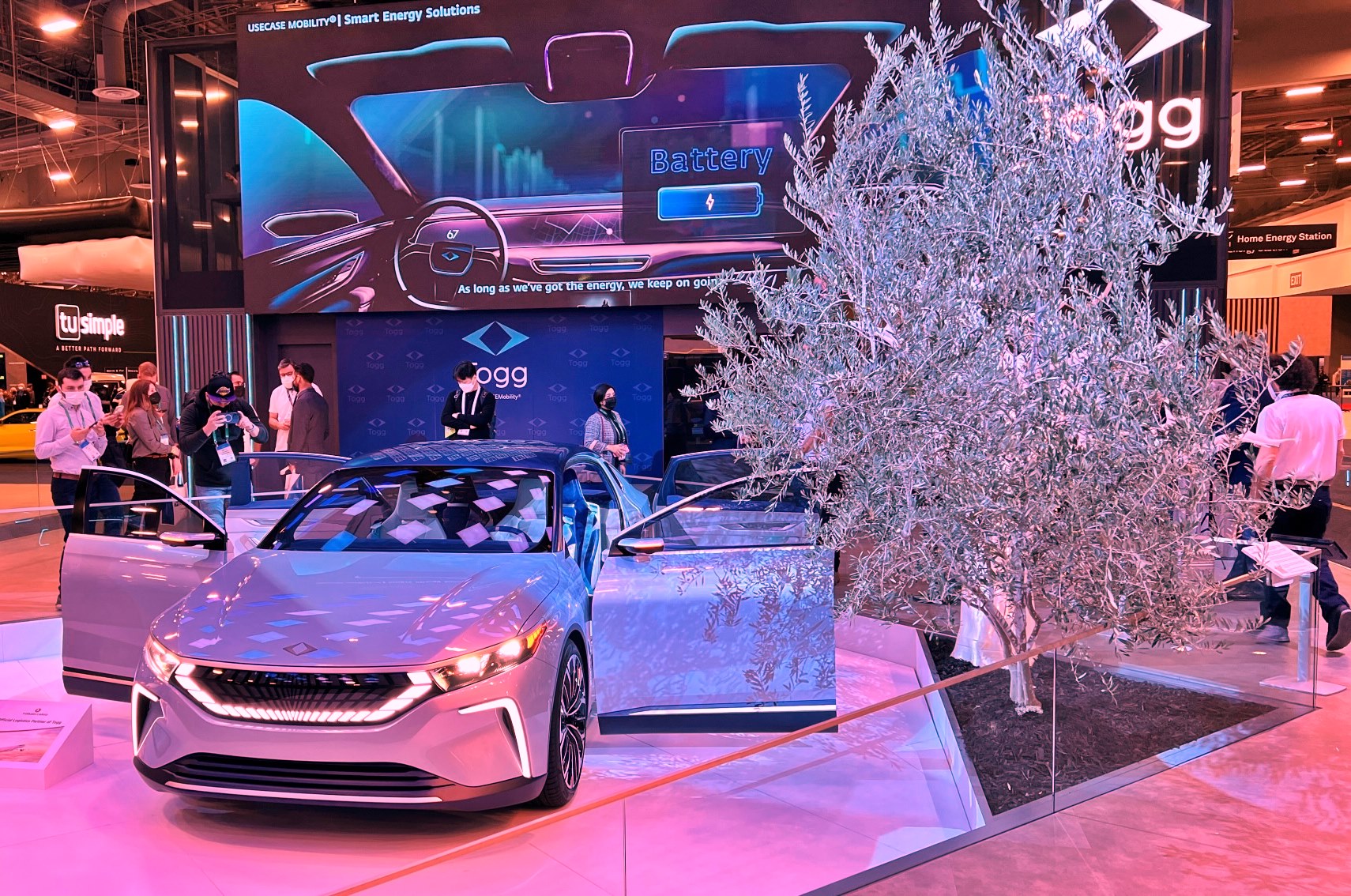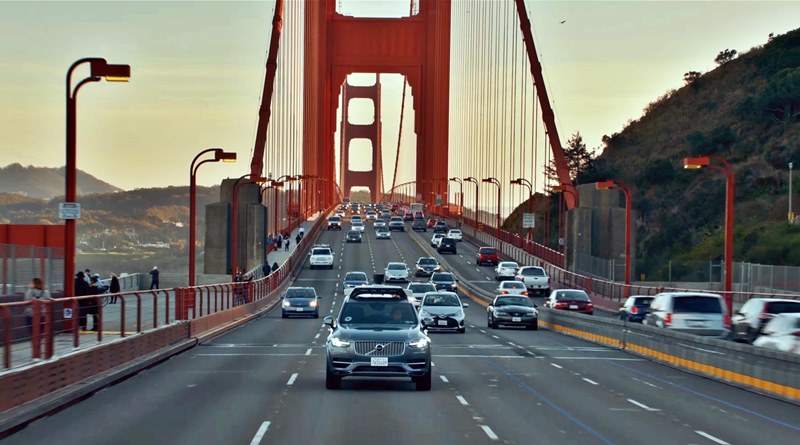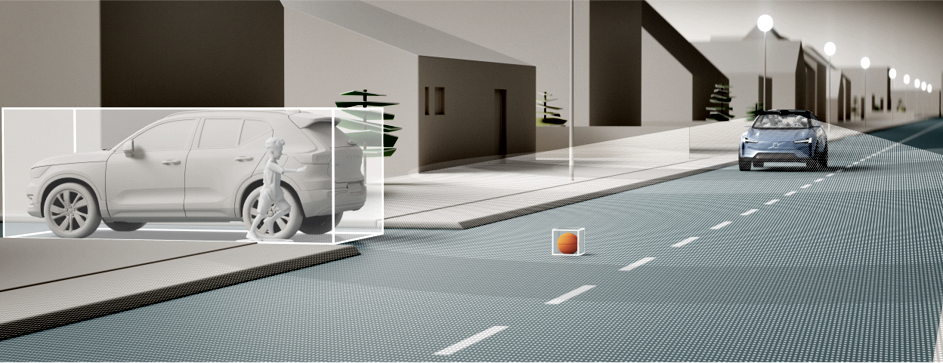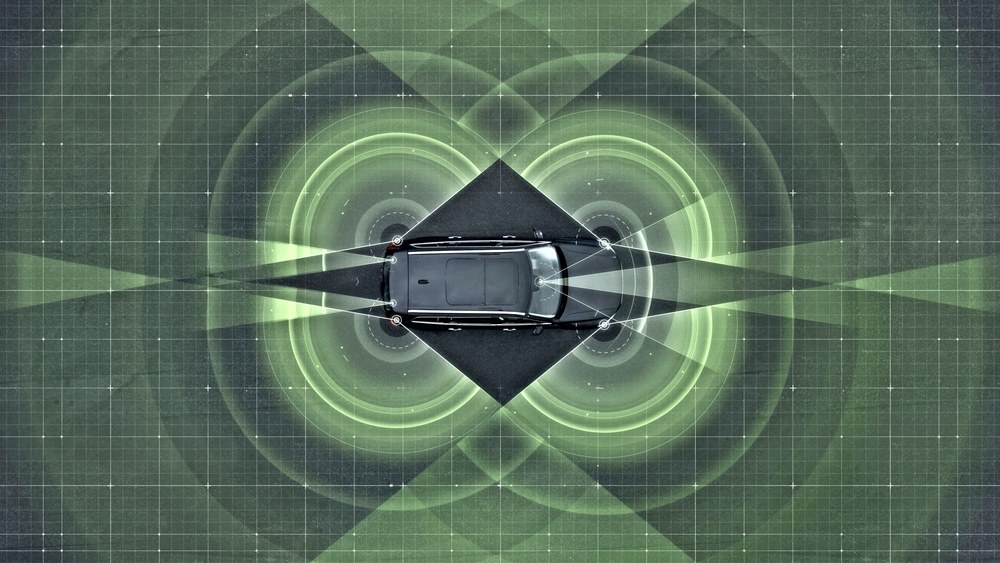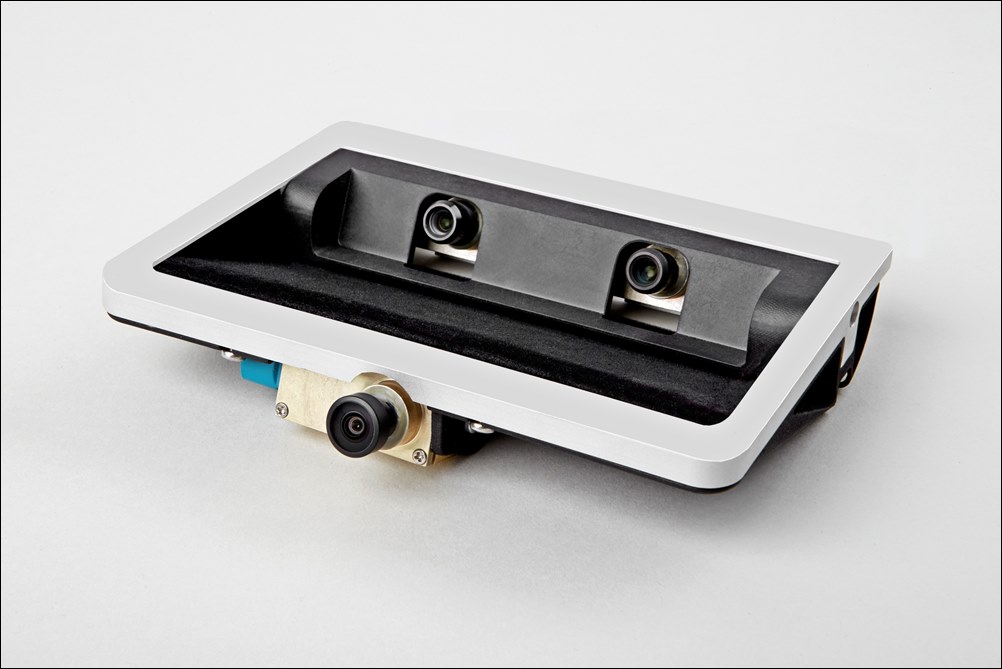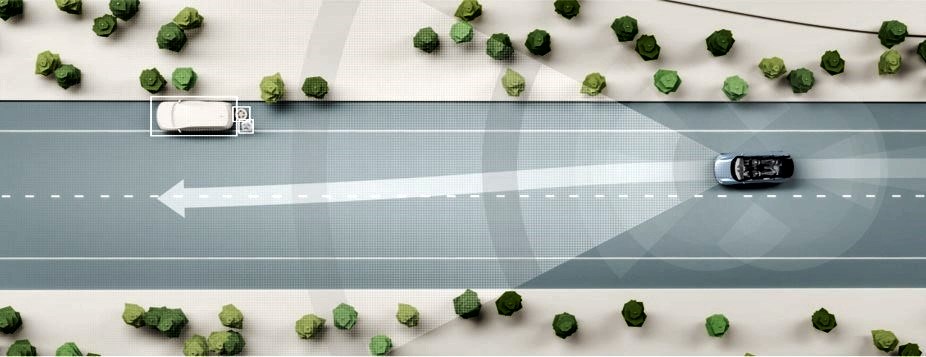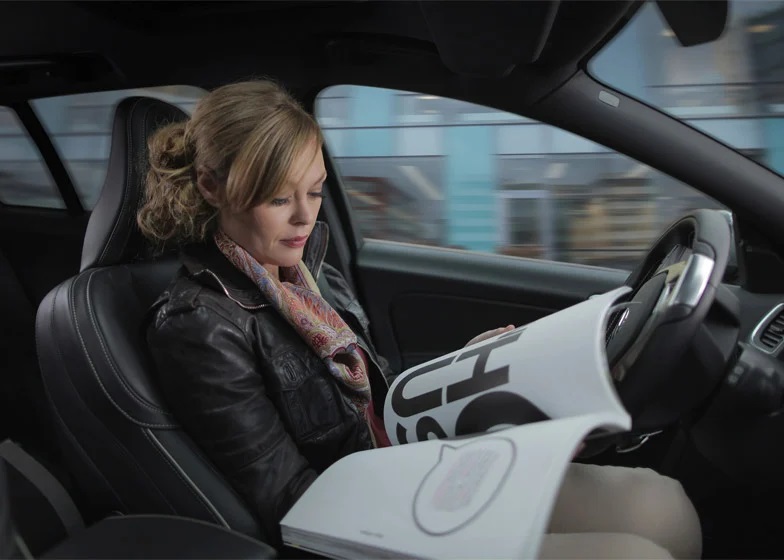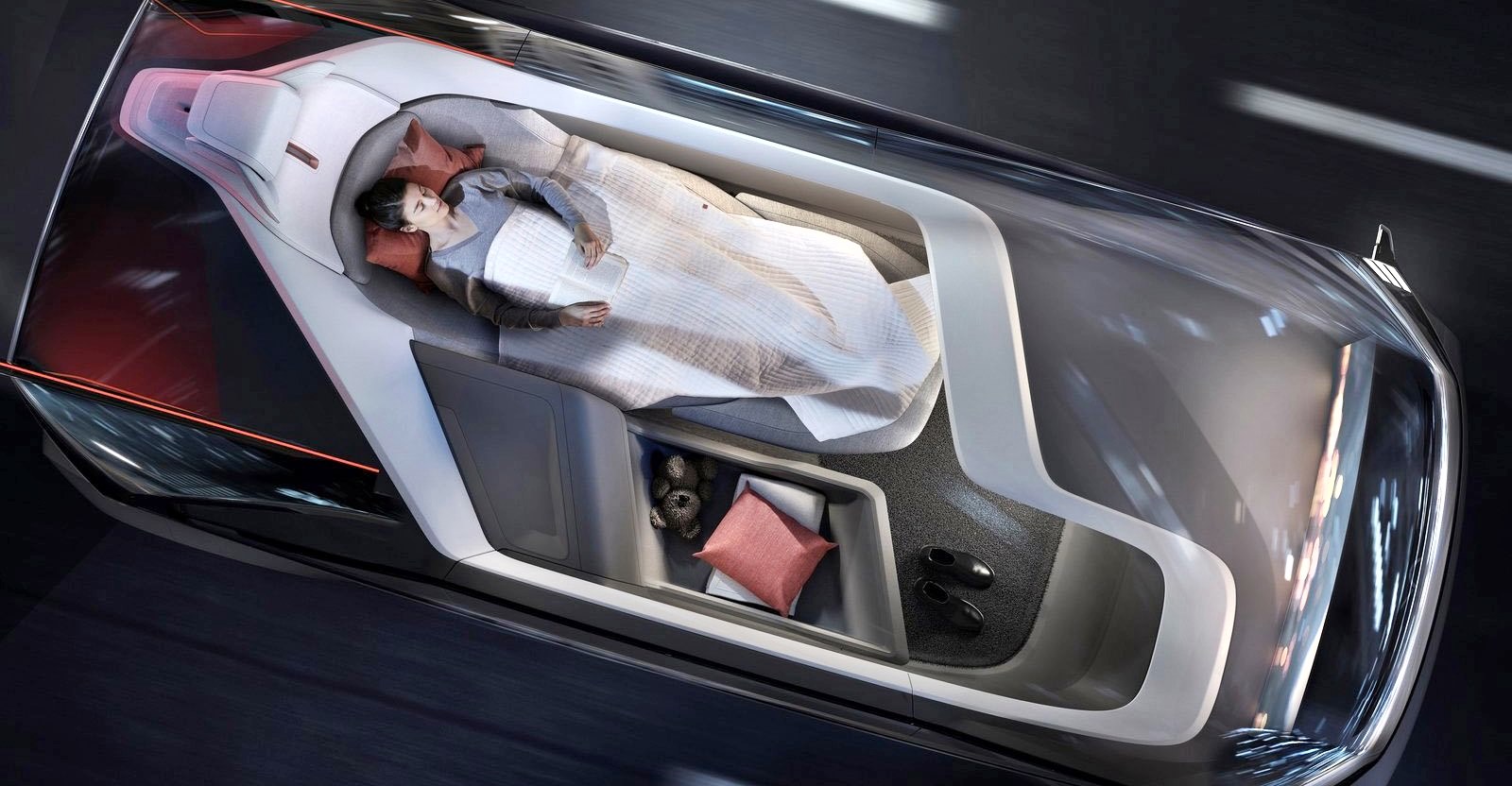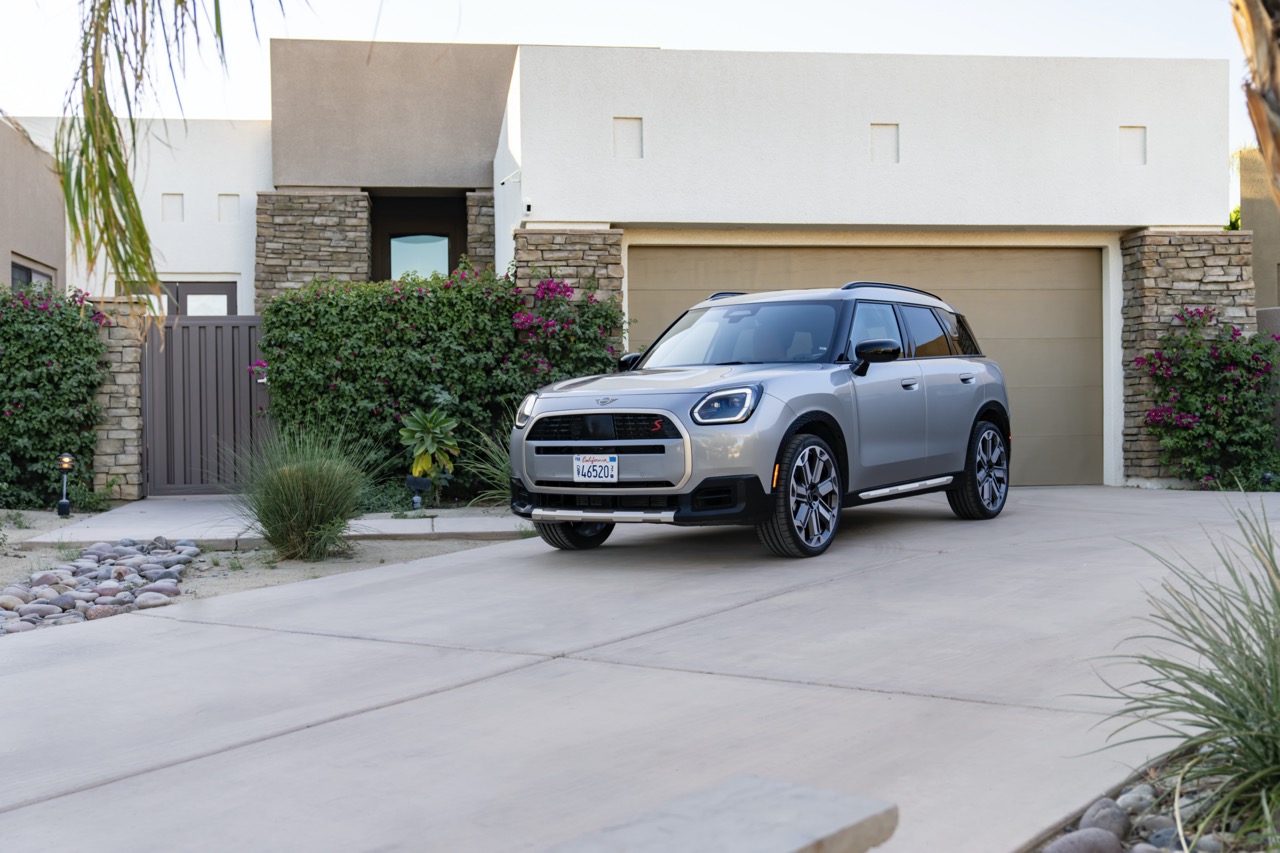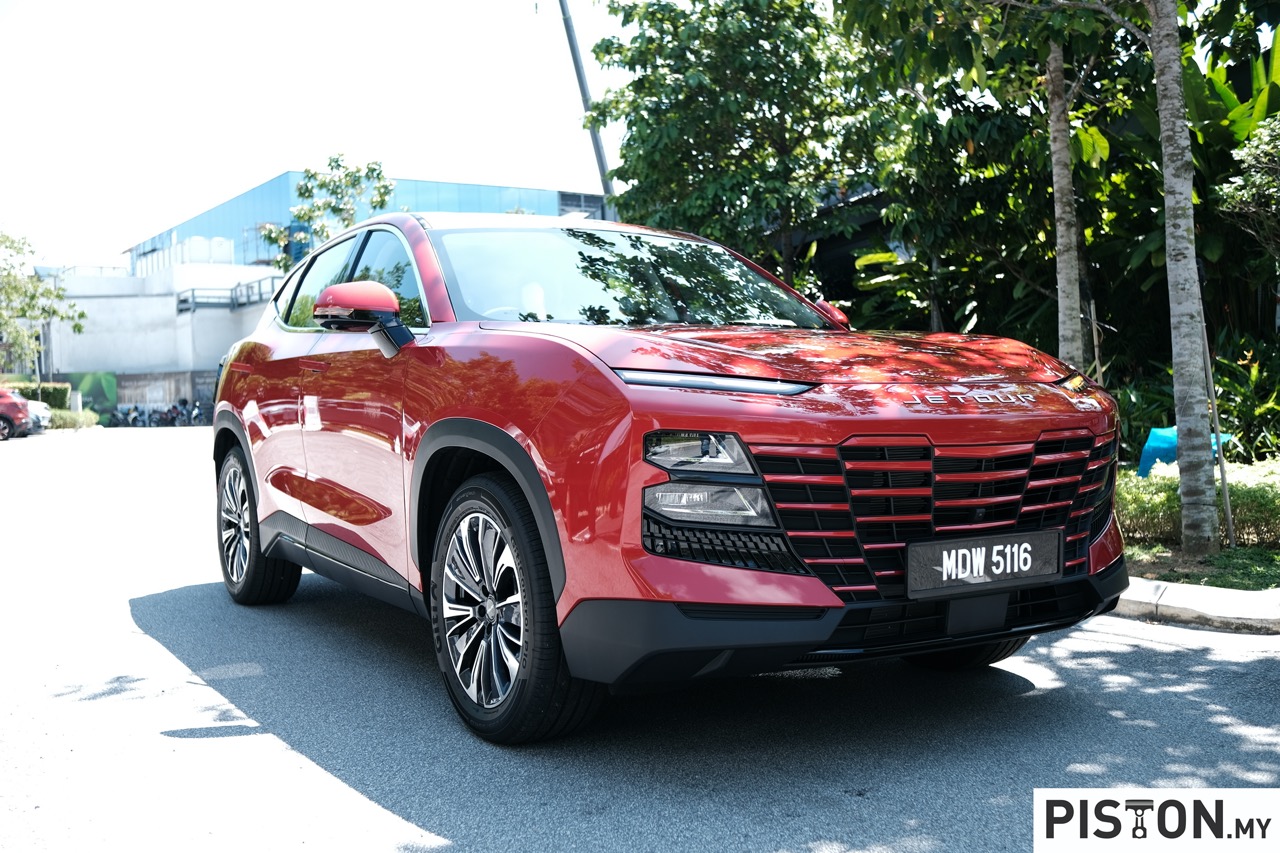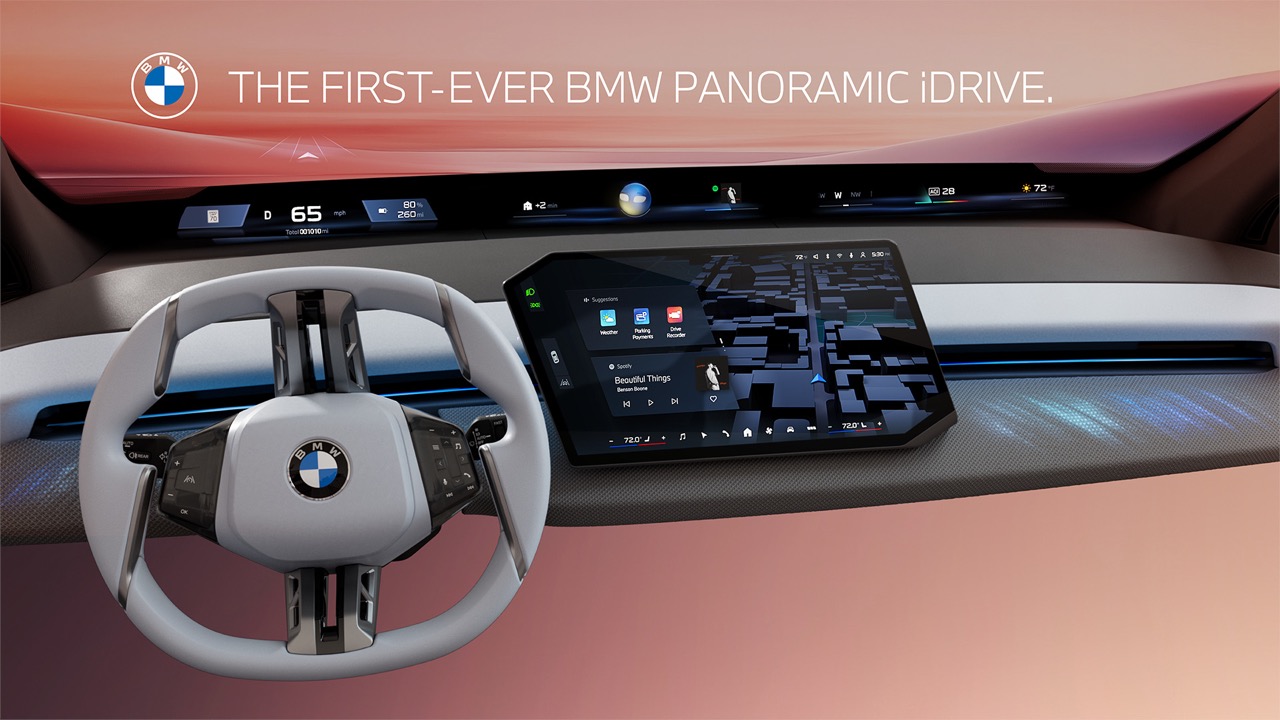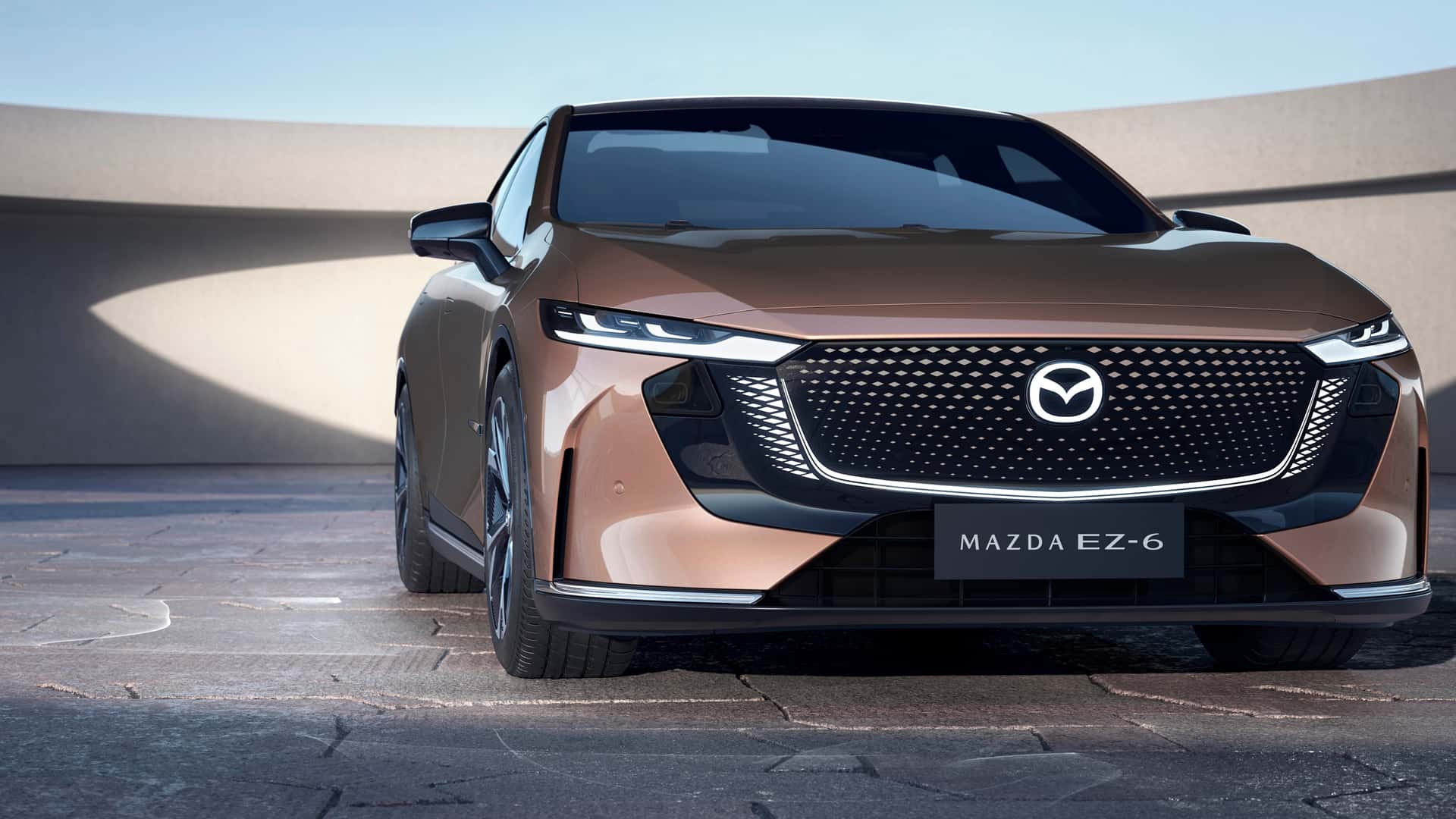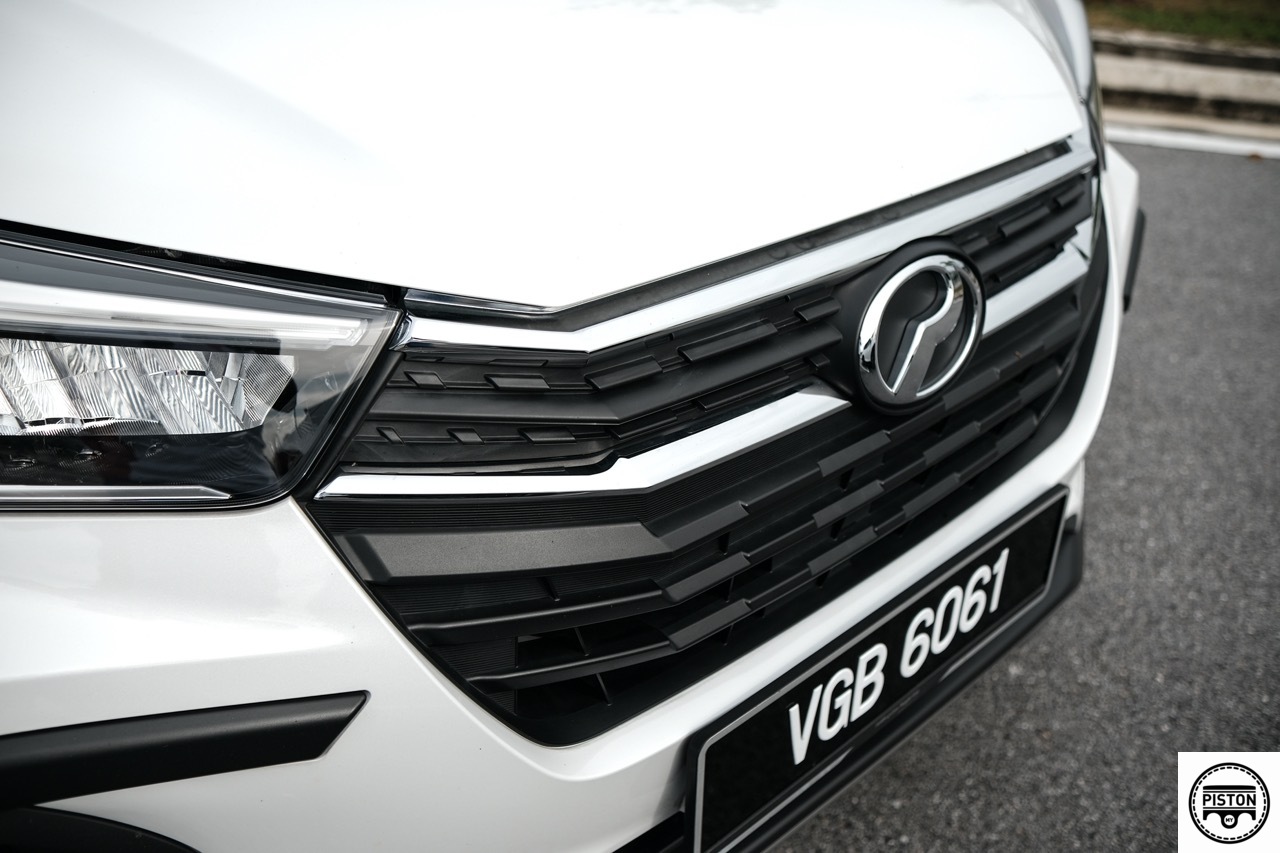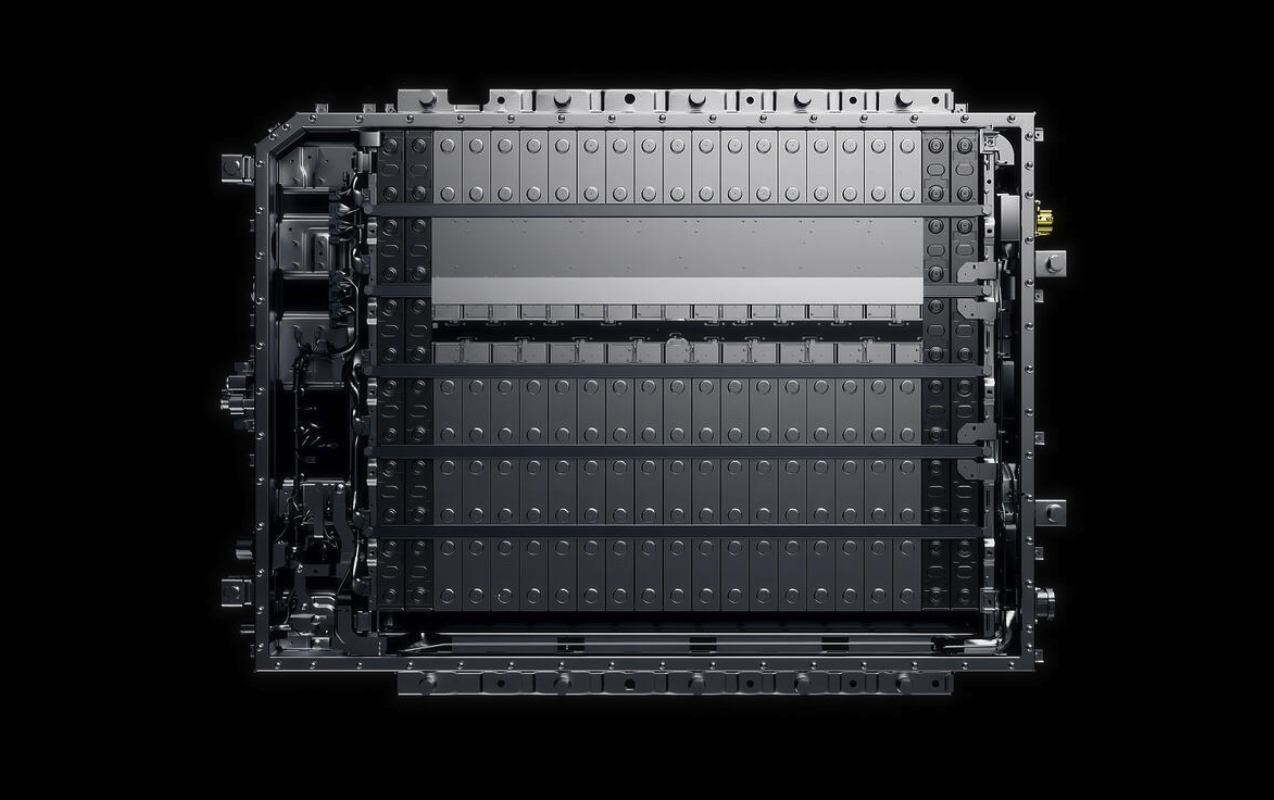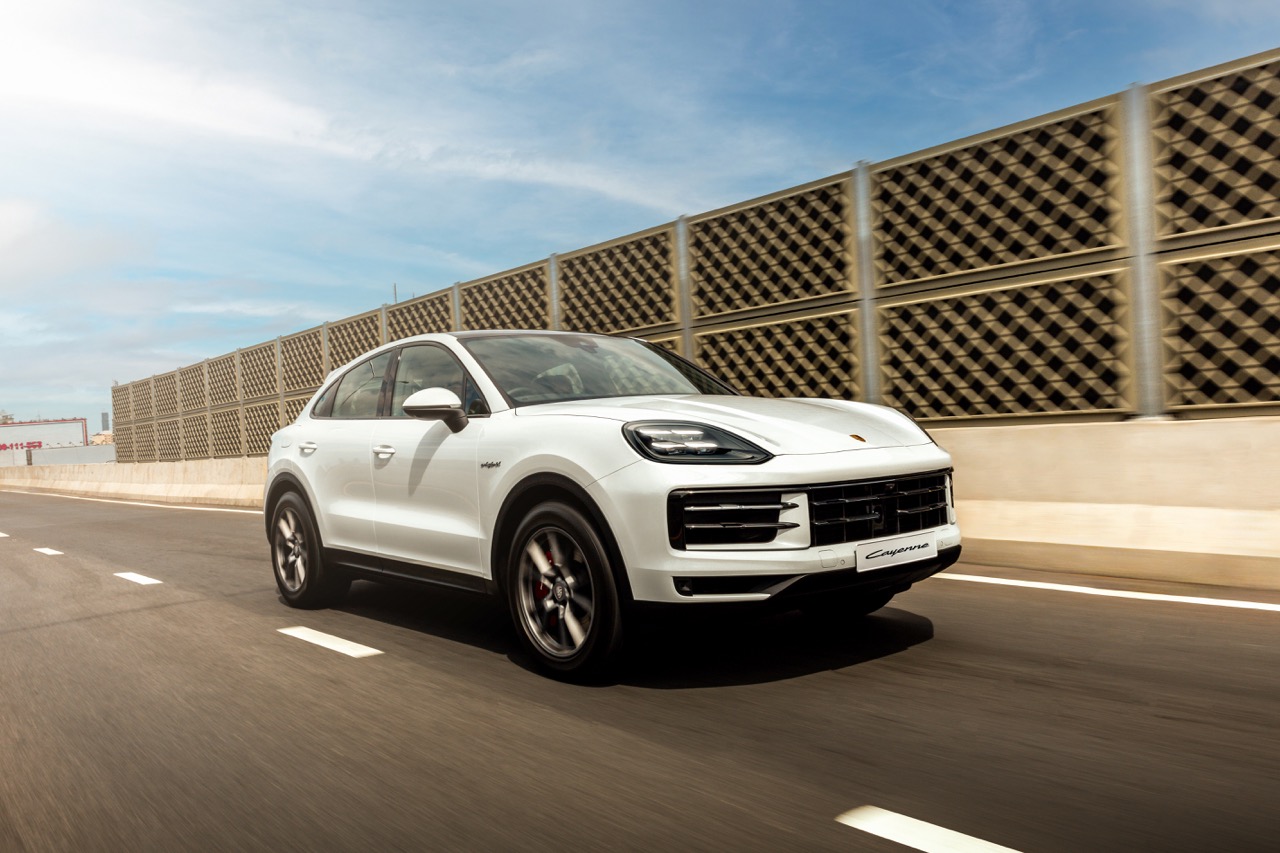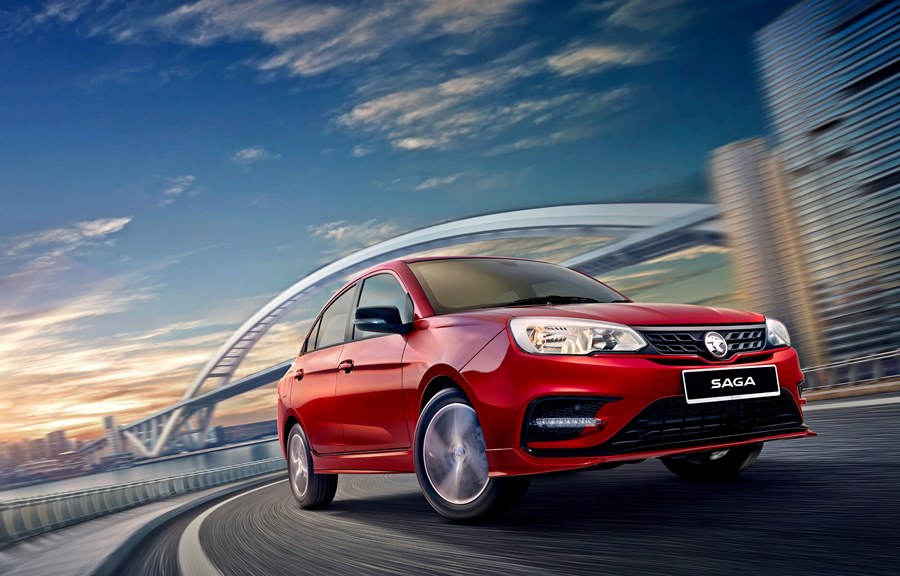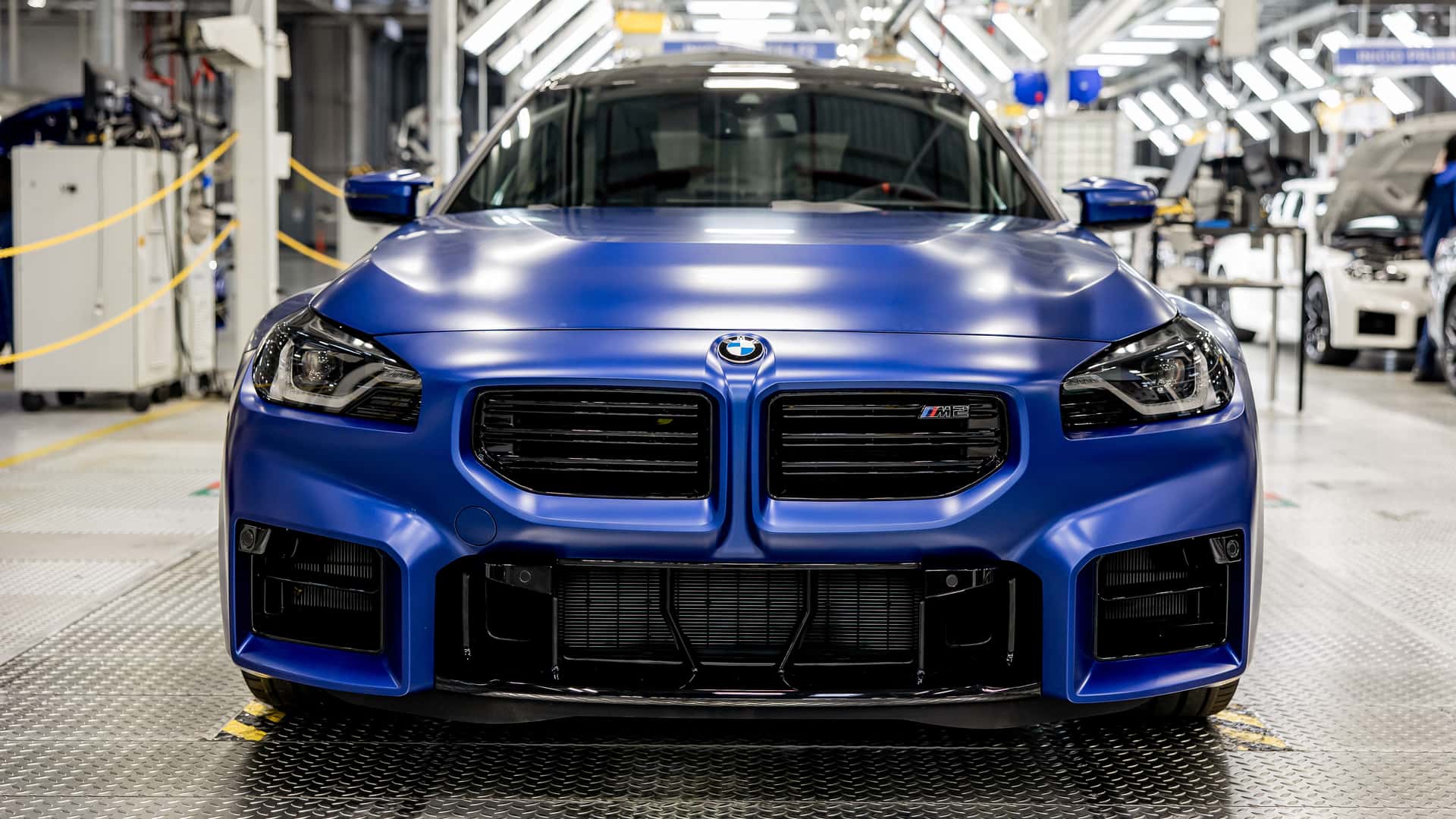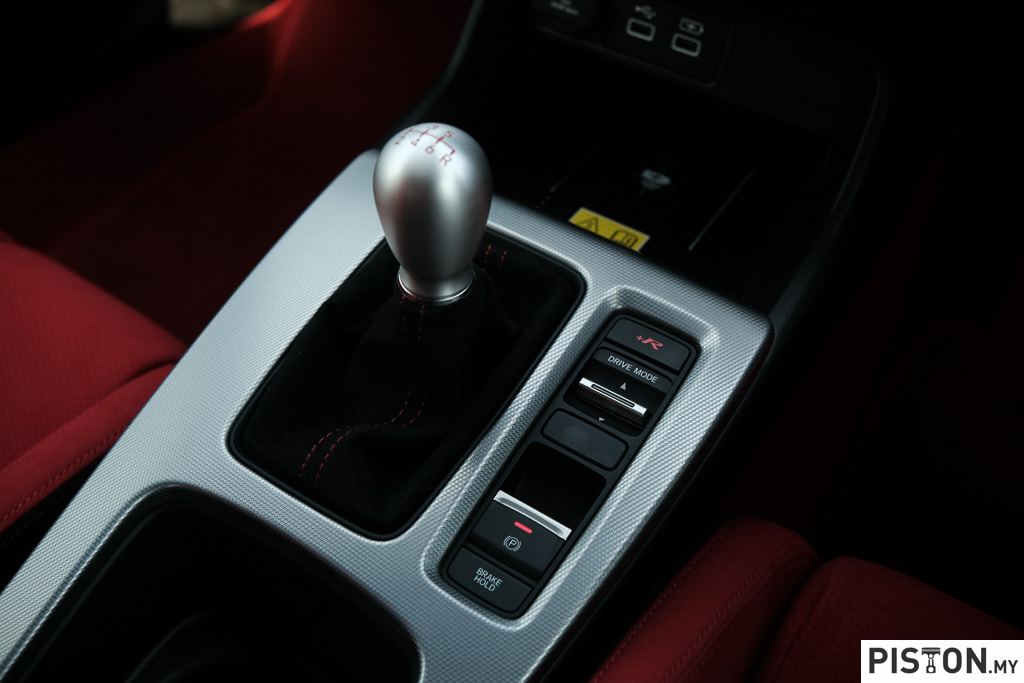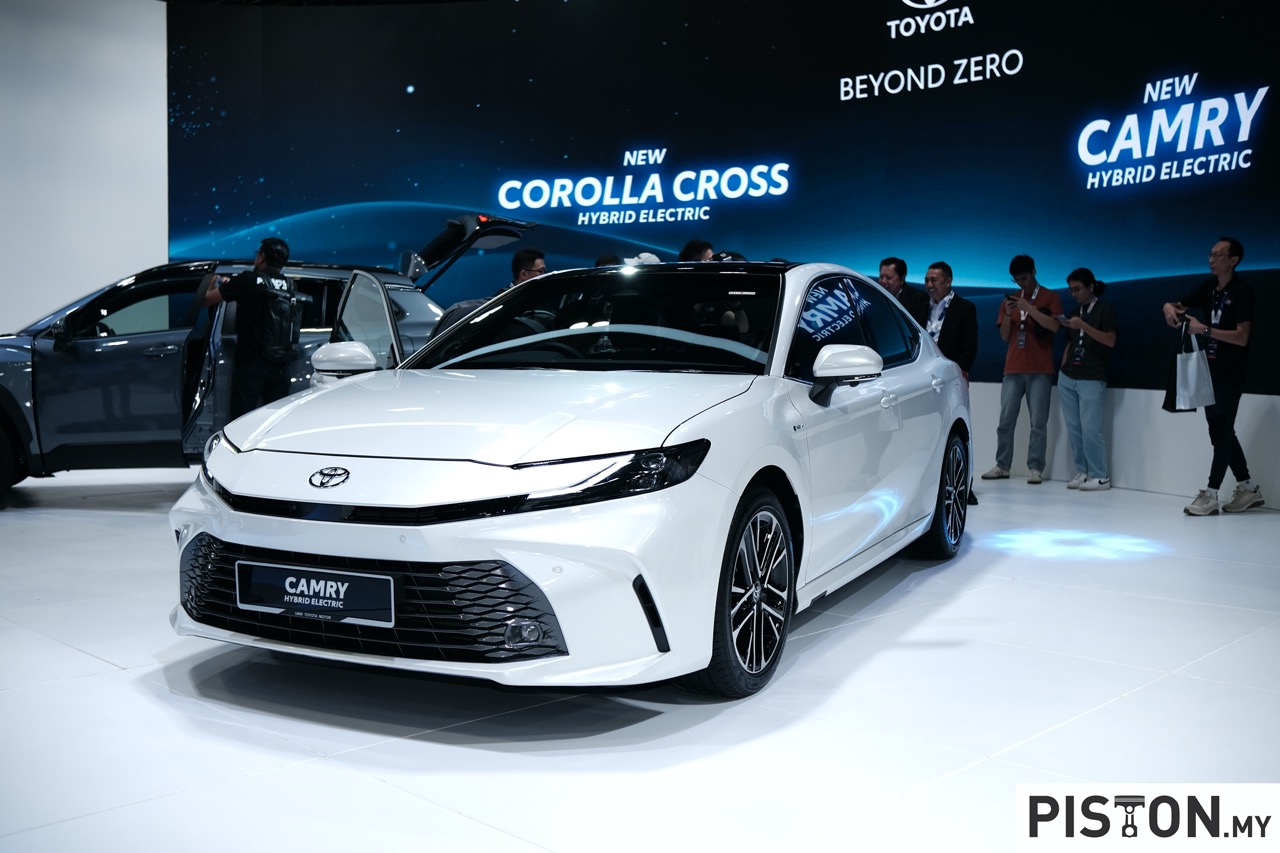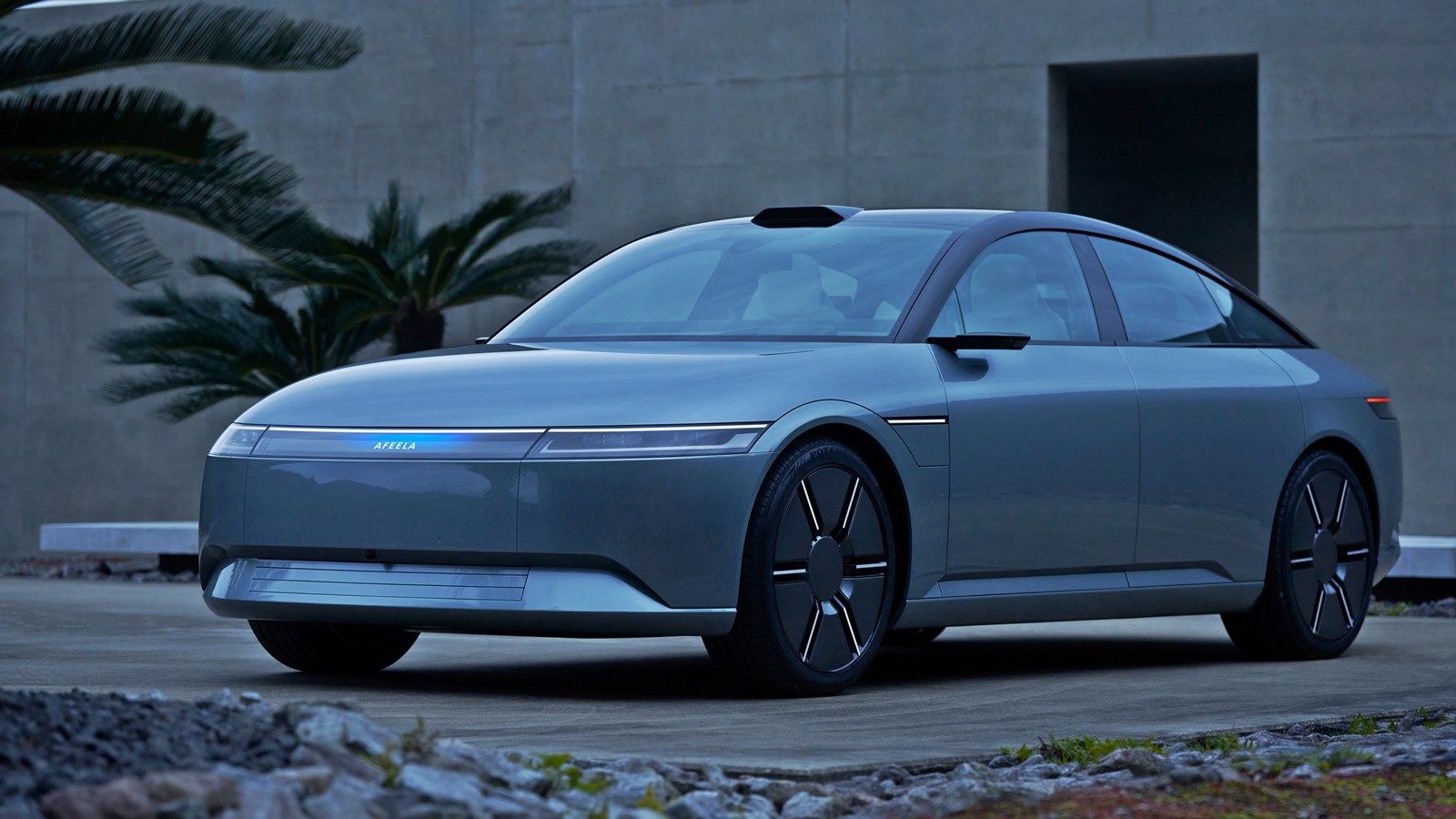5,586 cars in a whole year might not sound like a particularly big number but for Rolls-Royce Motor Cars, it’s a number that has never been recorded in the company’s 117-year history. While being at the topmost segment of the market does mean that the number of customers is significantly smaller, it also shows that demand for Rolls-Royce cars has grown in an unprecedented way globally.
2021 was another year of the COVID-19 pandemic and businesses worldwide were impacted, the auto industry not escaping as well. Yet Rolls-Royce was able to deliver 49% more cars than in 2020, with all-time record sales in most regions, including Greater China, the Americas and Asia-Pacific, and in multiple countries worldwide.
The phenomenal year was due to have an extremely strong product portfolio, supported by the continuing record demand for Bespoke personalisation. It was also the first full year of availability of the Ghost, with the launch of the Black Badge Ghost (pictured above).
The growth was, in fact, driven principally by the Ghost, with demand surging further when the launch of Black Badge Ghost in October. This, together with the continuing demand for the Cullinan SUV and the marque’s pinnacle product, the Phantom, saw order books are full well into the third quarter of 2022. The company’s Provenance (pre-owned) programme also enjoyed exceptional sales results in 2021, achieving an all-time record.
Not surprisingly, almost all customers make use of Bespoke services which remained at record levels. During the year, Rolls-Royce revealed individual examples such as the Phantom Oribe co-created with Hermes, alongside the Phantom Tempus, and Black Badge Wraith and Black Badge Dawn Landspeed Collection cars. The company signalled its commitment to leading a new contemporary coachbuilding movement with Rolls‑Royce Coachbuild becoming a permanent fixture in its future portfolio and, with it, the unveiling of its latest coachbuilt masterpiece, the Boat Tail (shown below).
Just as Rolls-Royce eventually added an SUV to its range, it will also have a fully electric car in the market as soon as the fourth quarter of 2023. That’s just about 22 months away and as with the Cullinan, the first all-electric Rolls-Royce – the be known as the Spectre – is undergoing the most punishing testing protocol ever conceived for a model of the marque. Prototypes will clock a total of 2.5 million kilometres in all four corners of the world, simulating more than 400 years of use for a Rolls‑Royce.
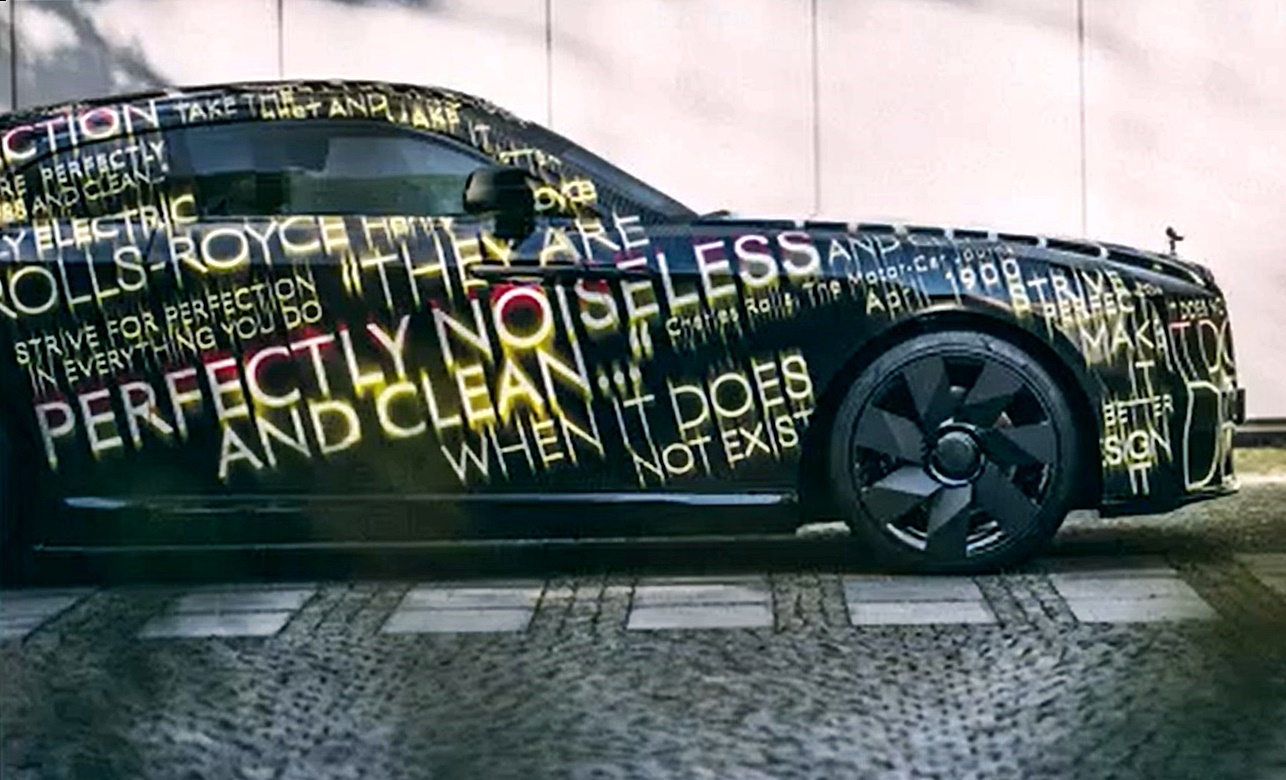
Reflecting on the results, CEO Torsten Muller-Otvos said: “This has been a truly historic year for Rolls-Royce Motor Cars. In the past 12 months, we have recorded our highest-ever annual sales, launched the latest addition to our Black Badge family, stunned the world with our coachbuilding capabilities and made huge strides into our all-electric future.”
“While preparations are made for the marque’s all-electric future, Rolls-Royce continues to meet the surge in demand for its current portfolio through a flexible manufacturing process and the dedication of the over 2,000 people who work at the Home of Rolls-Royce in Goodwood, West Sussex and around the world. The Rolls-Royce factory at Goodwood is currently running at near-maximum capacity, on a two-shift pattern to fulfil orders from clients around the world,” he added.
Leading every Rolls-Royce for 110 years – the Spirit of Ecstasy



